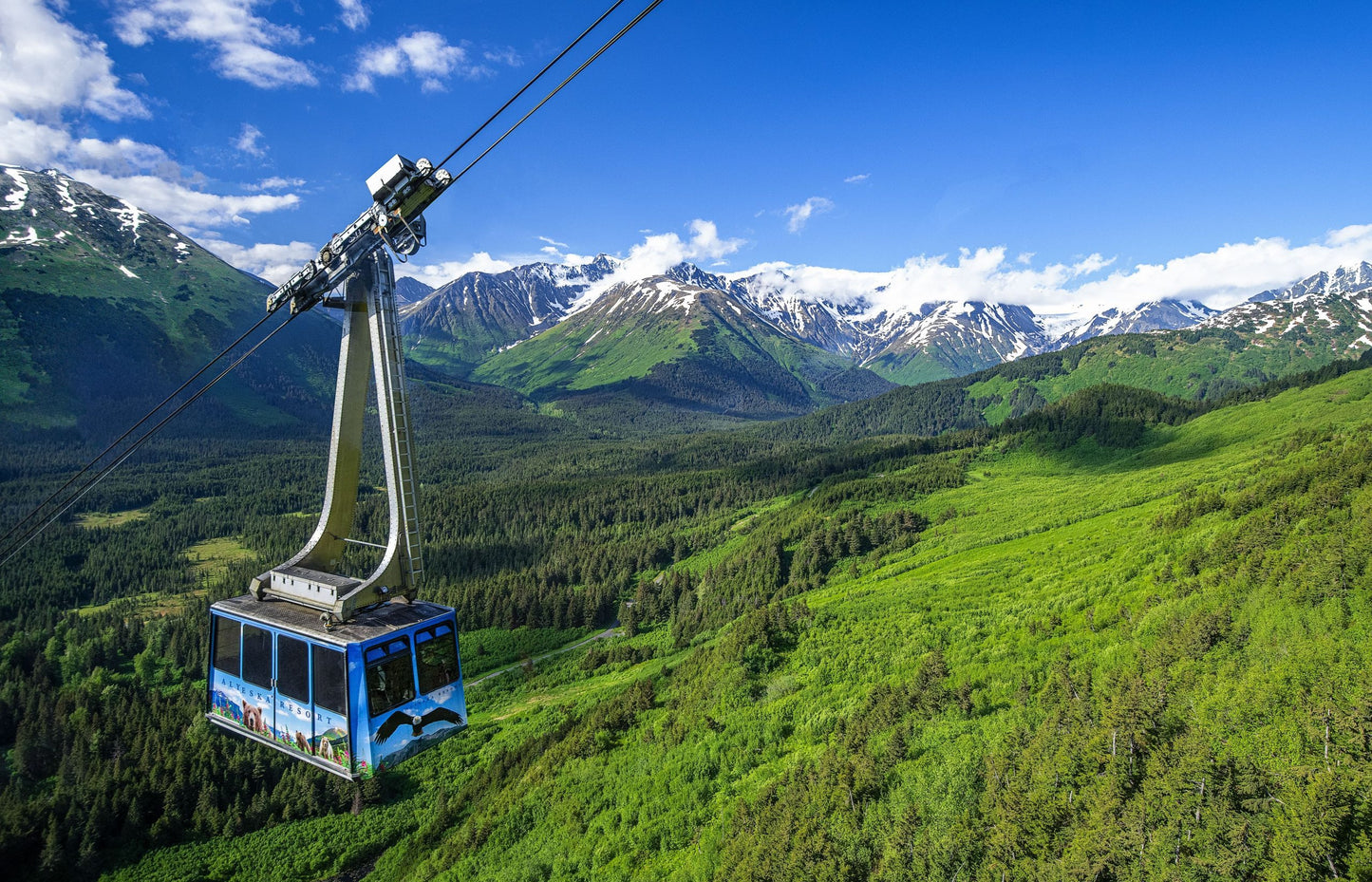
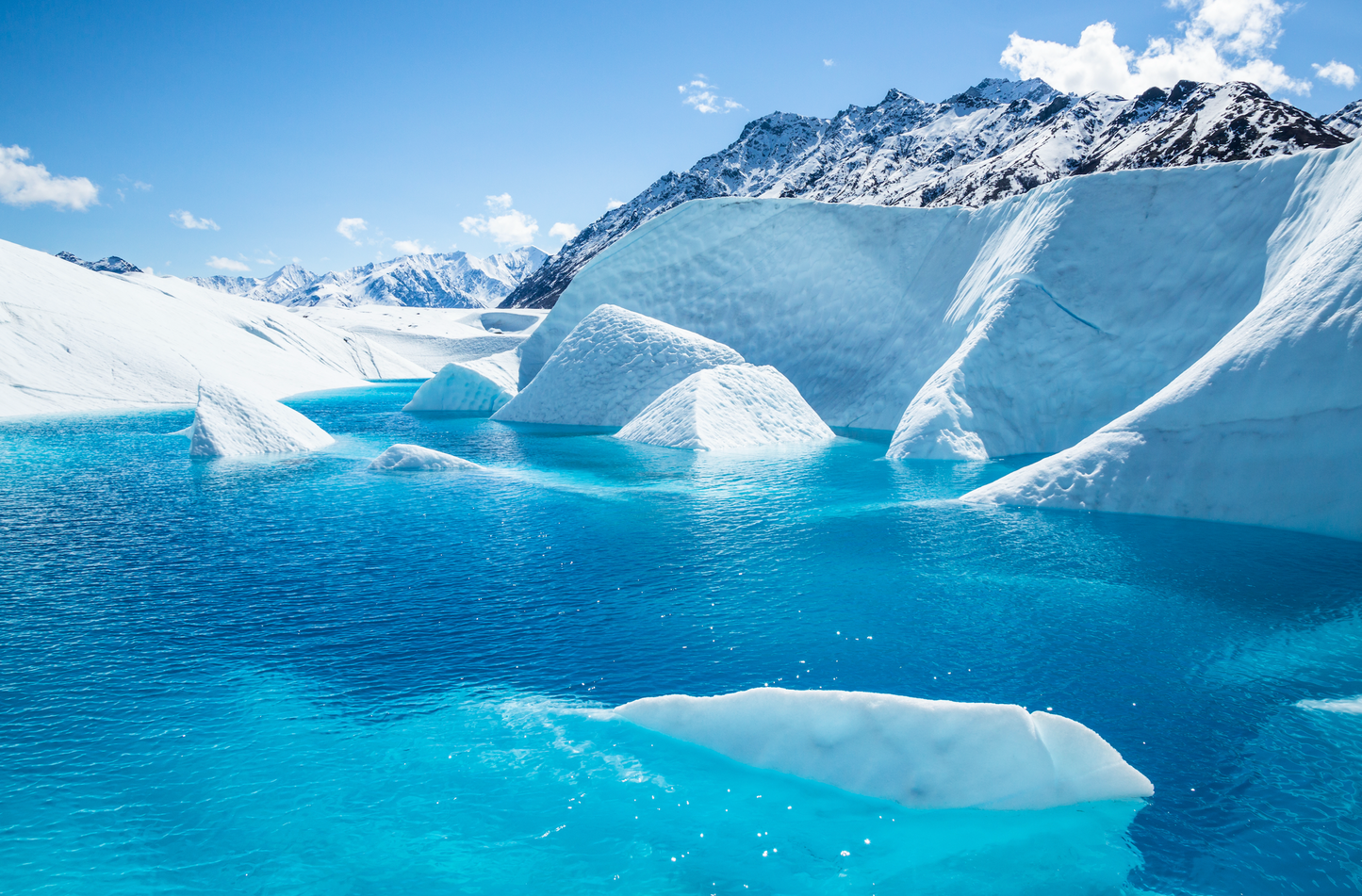
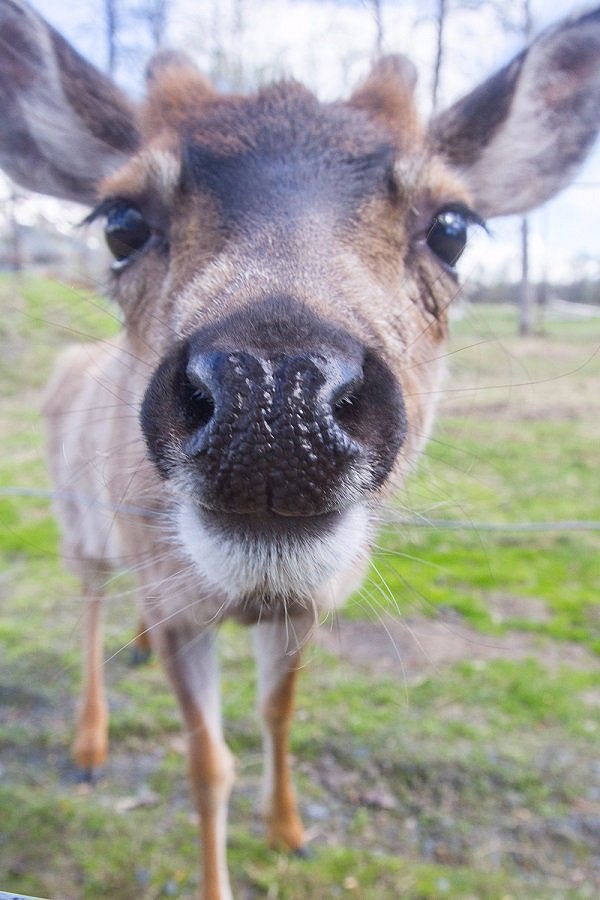
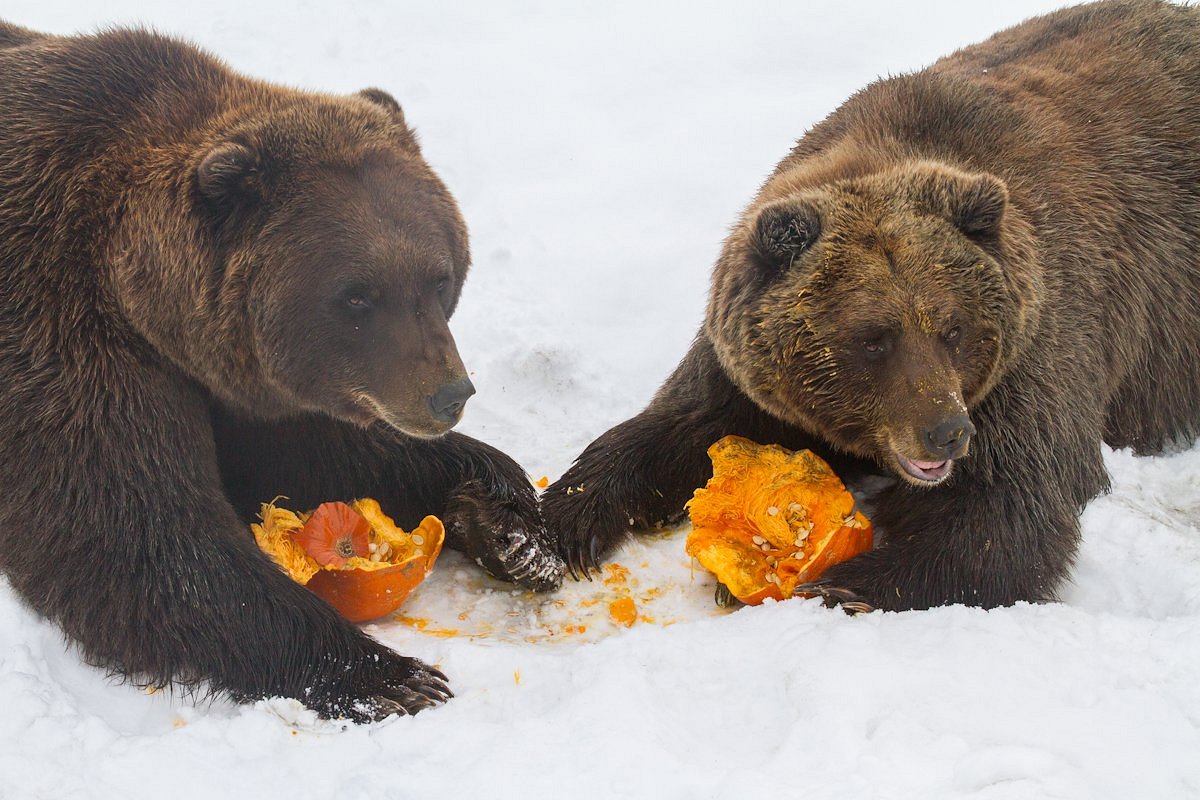
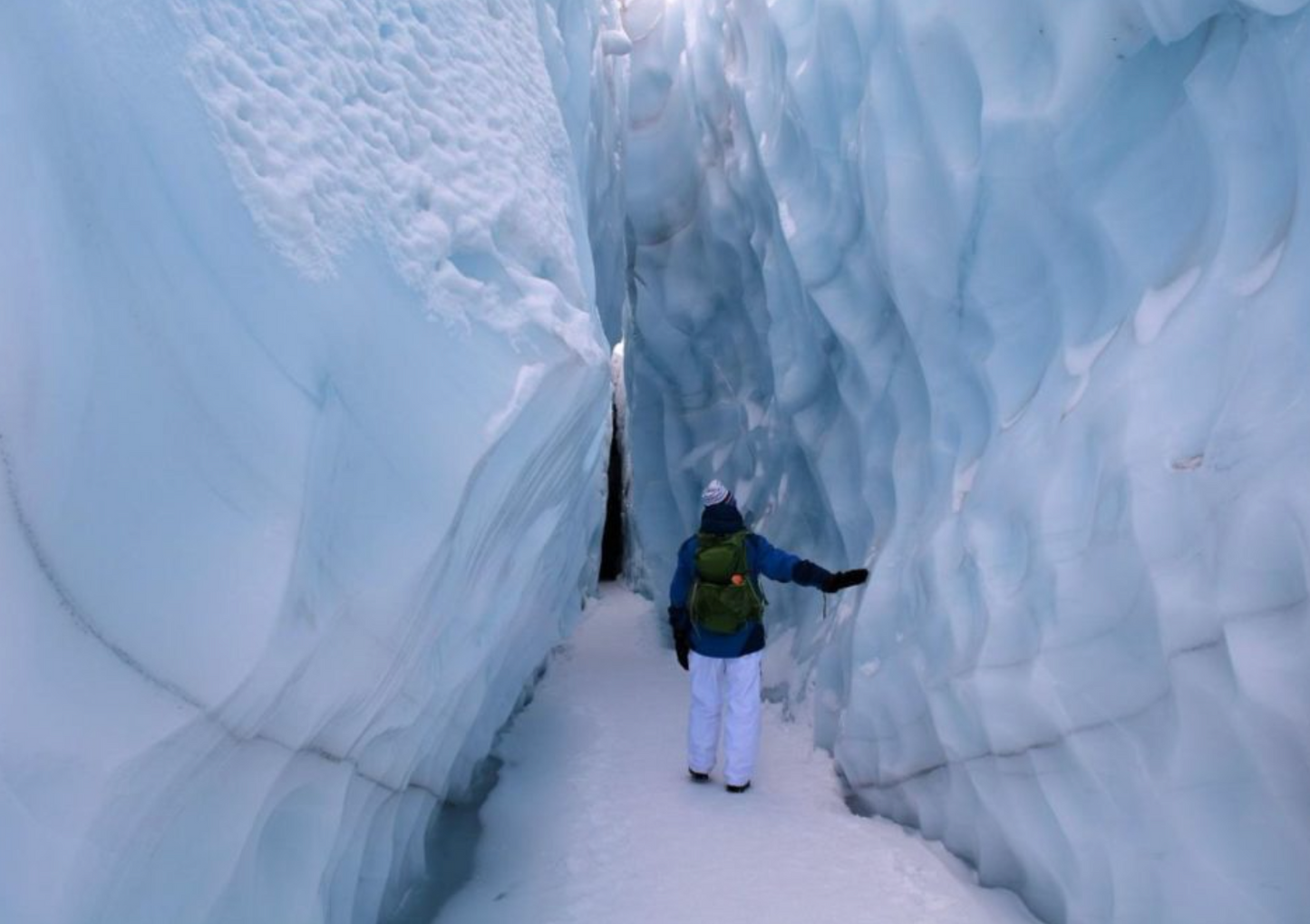
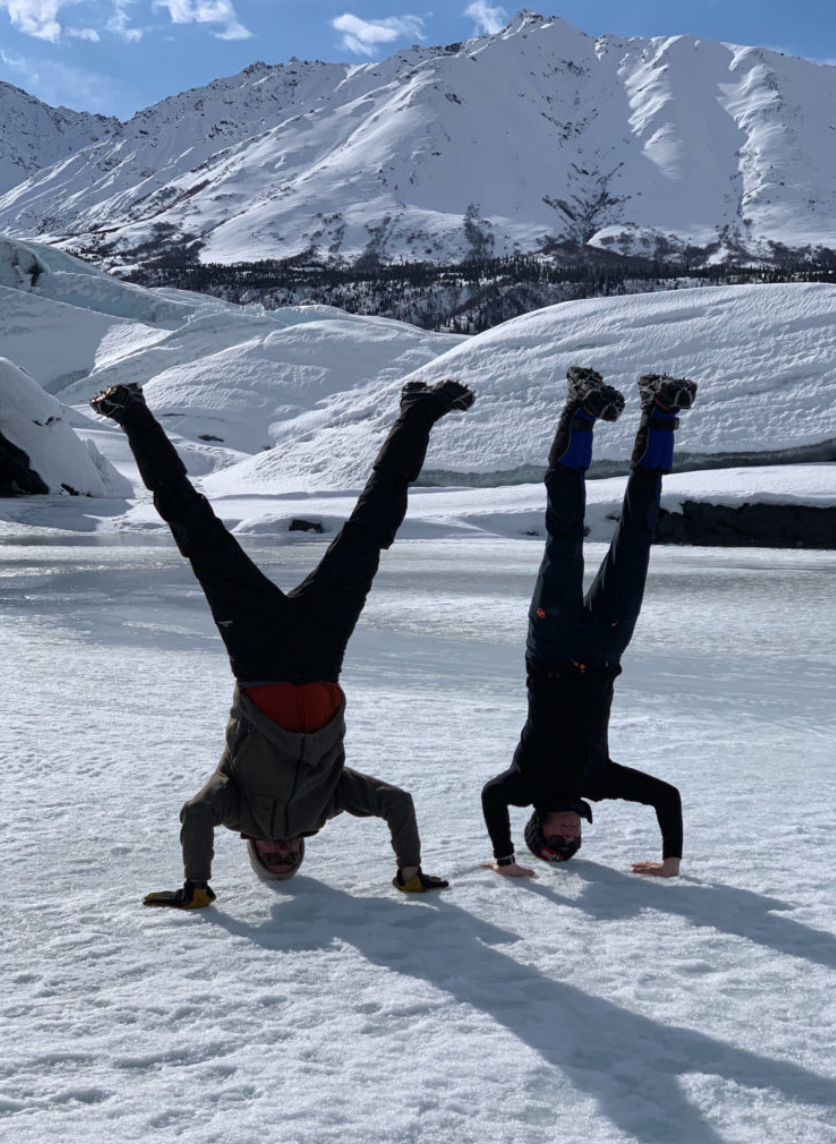
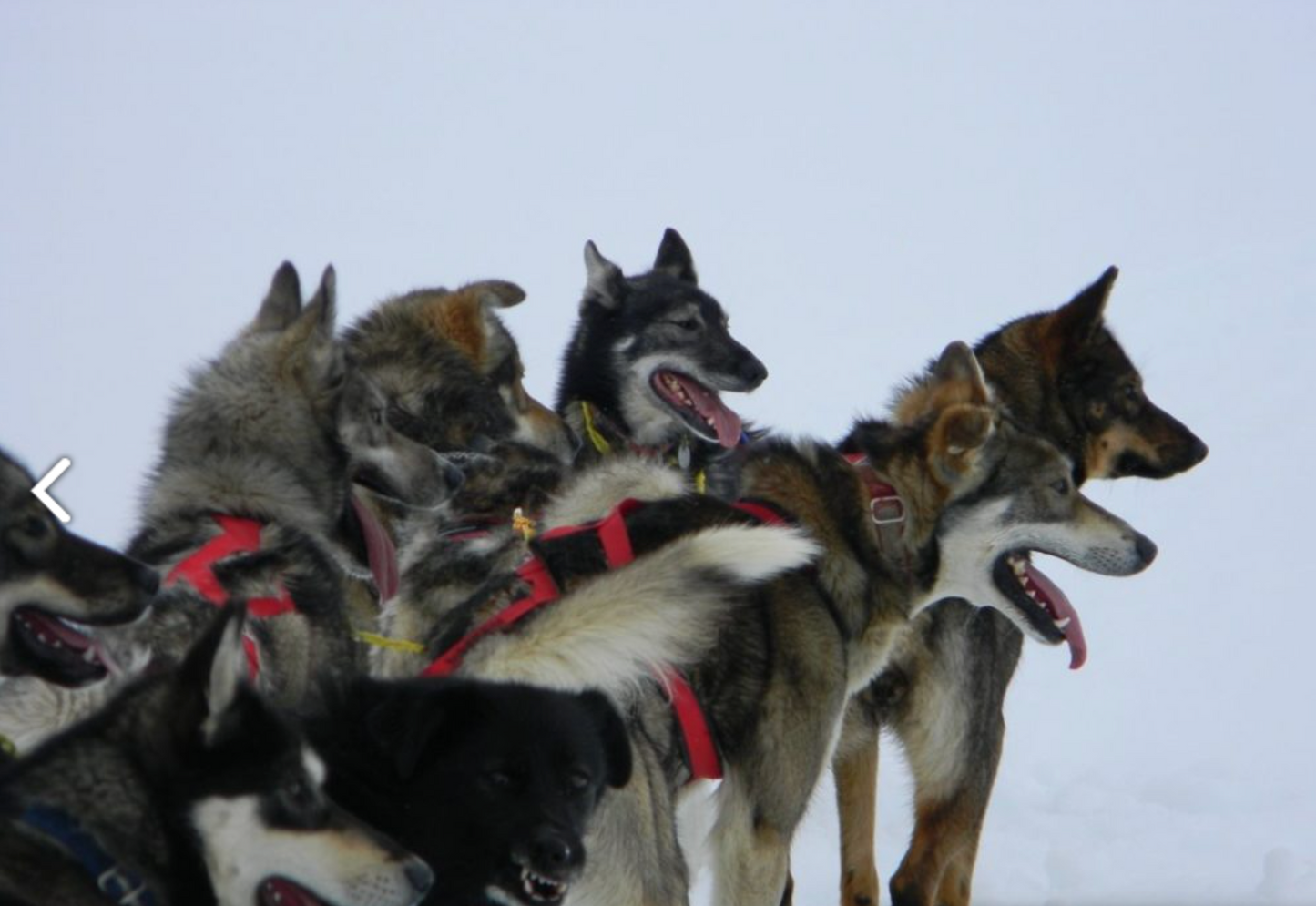
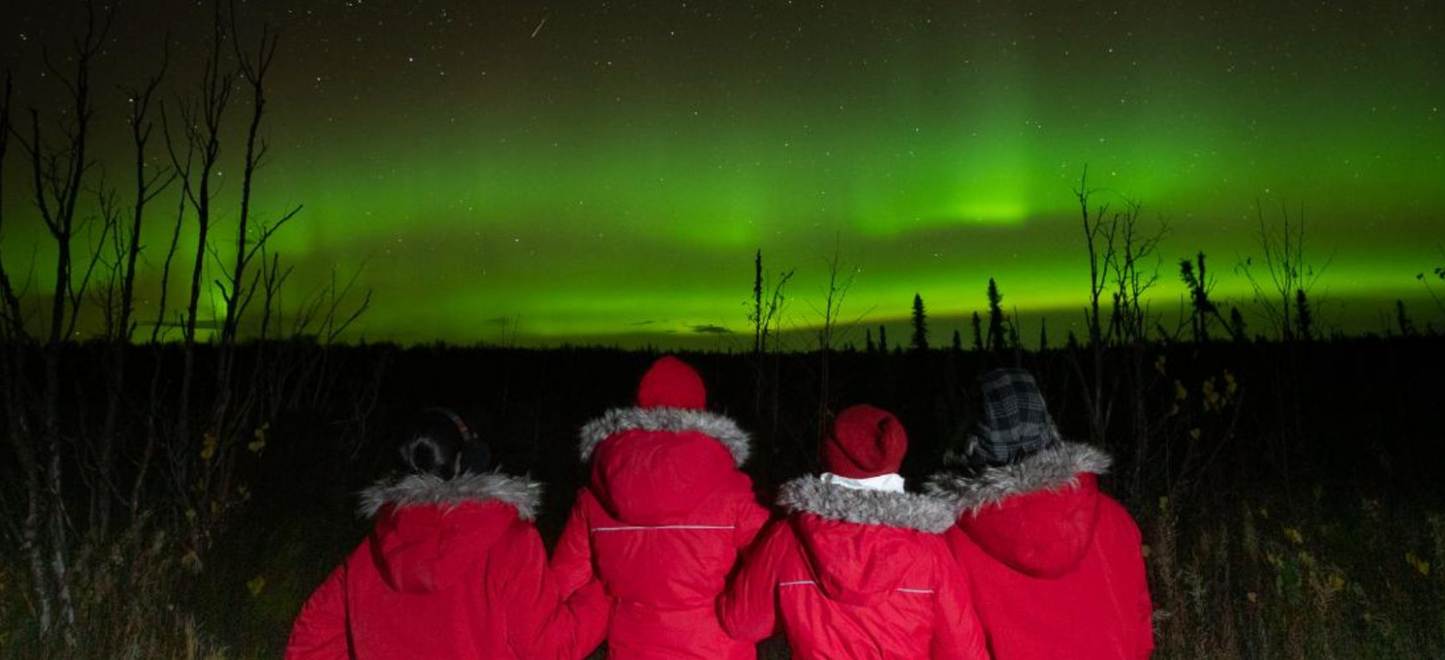
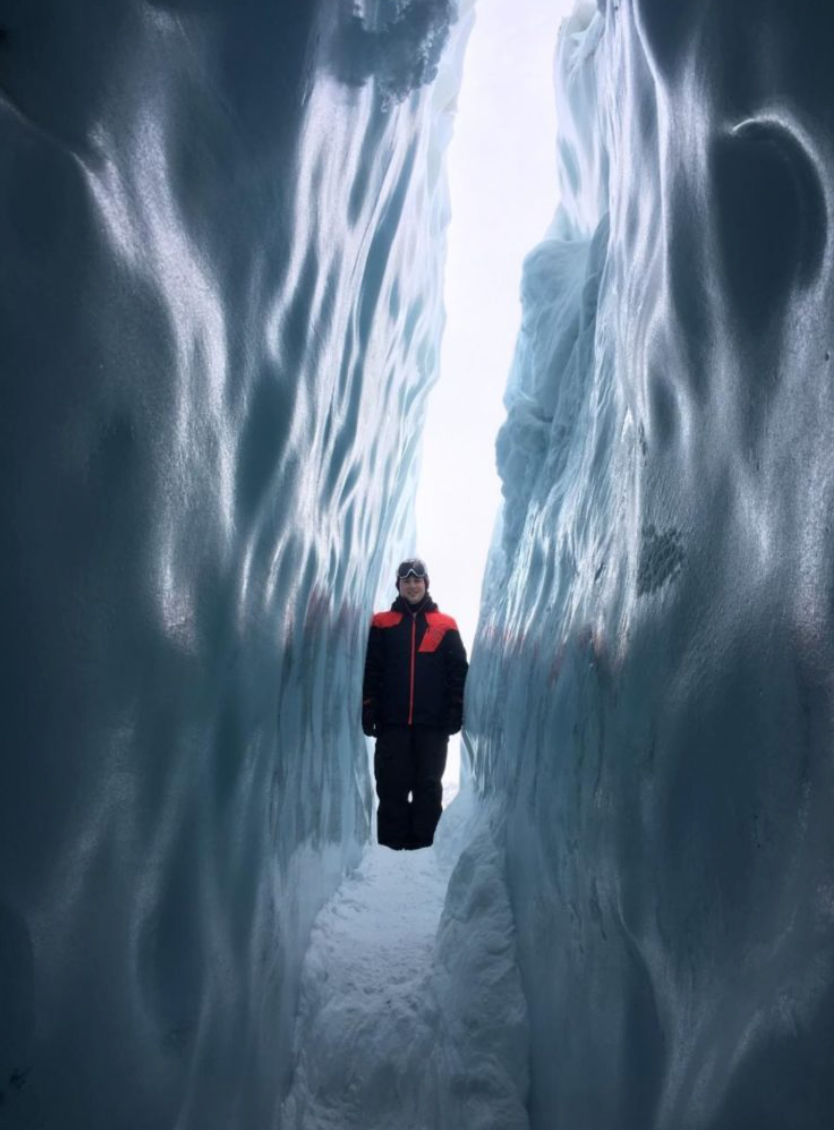
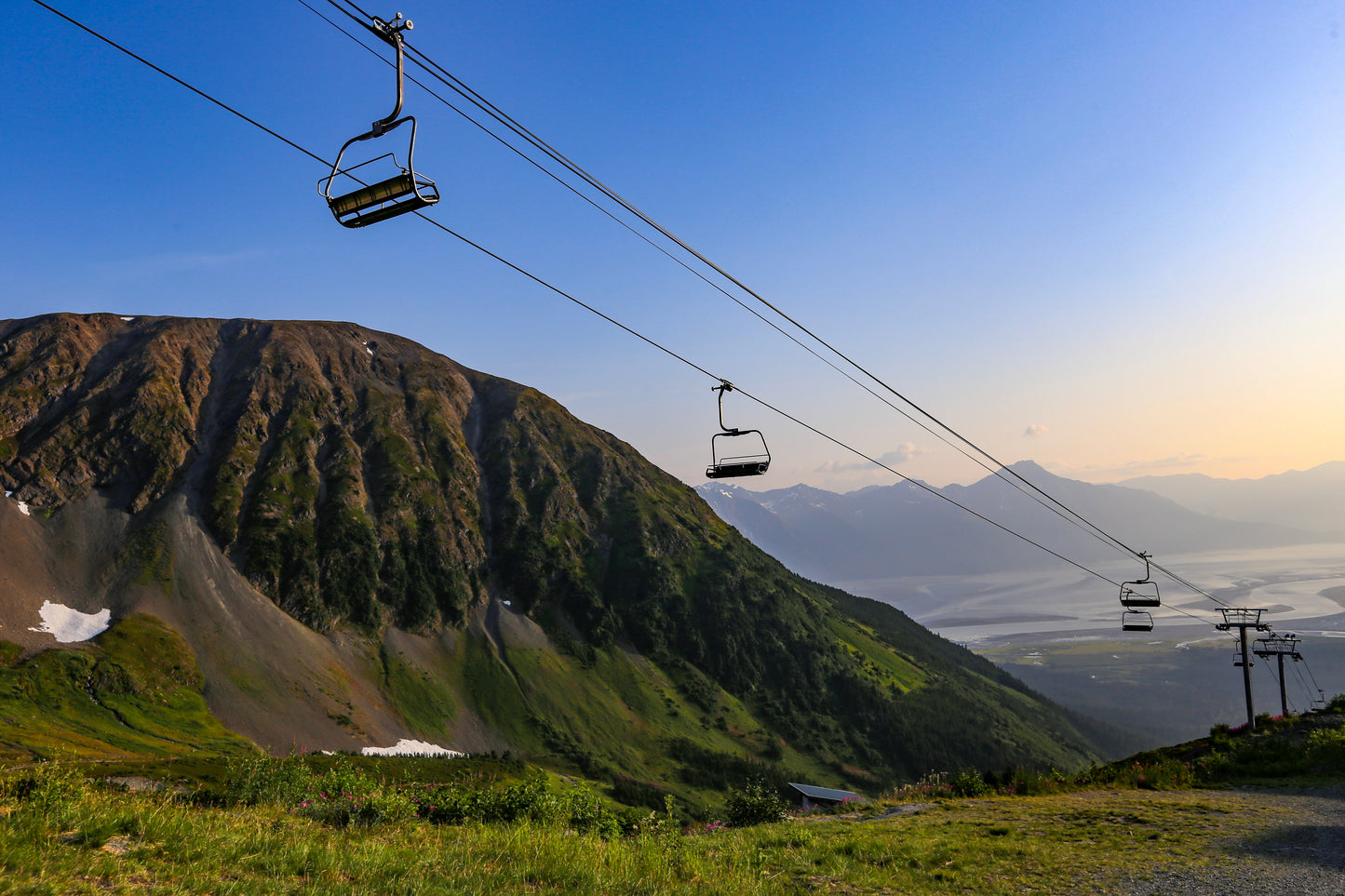
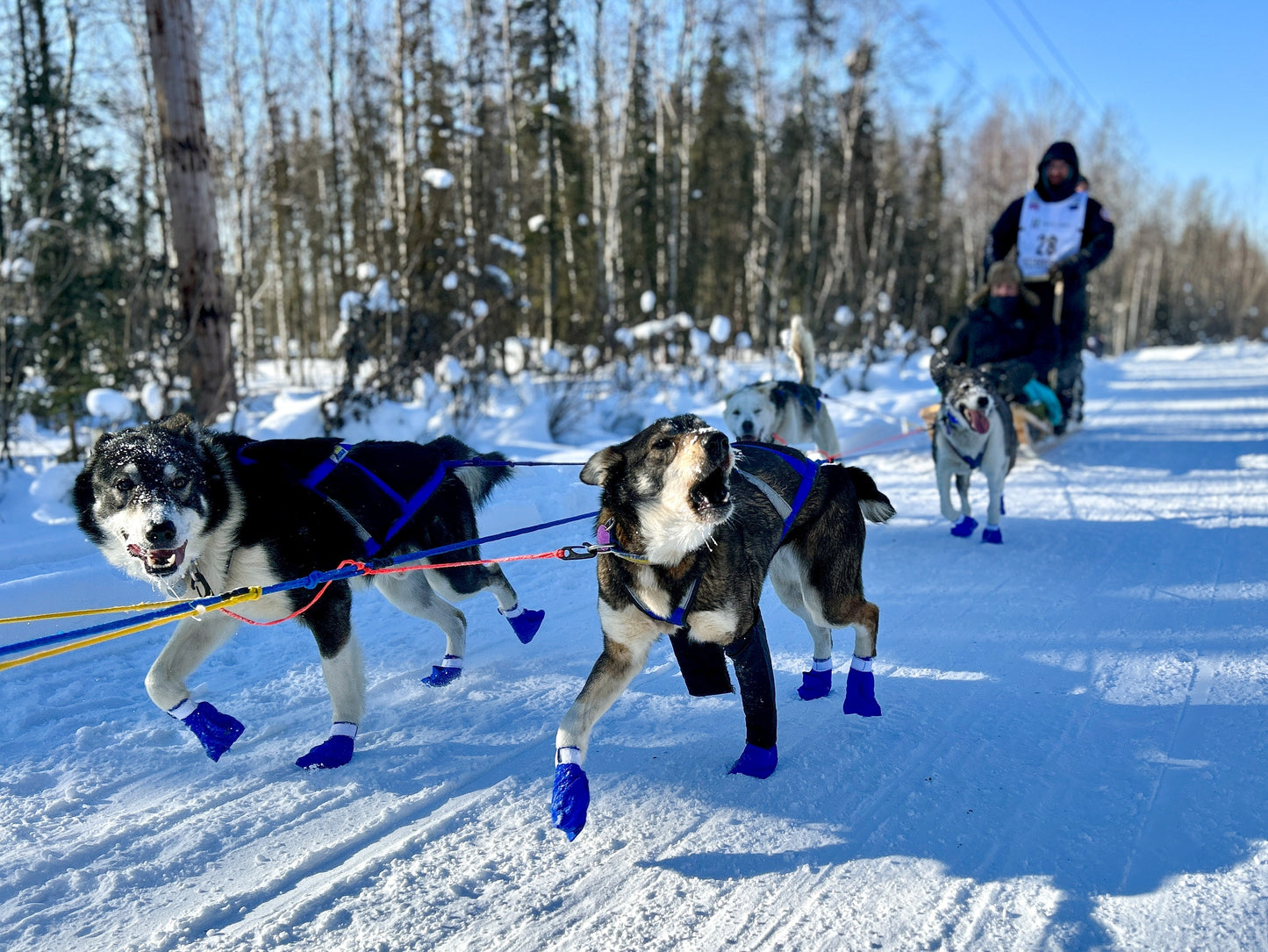
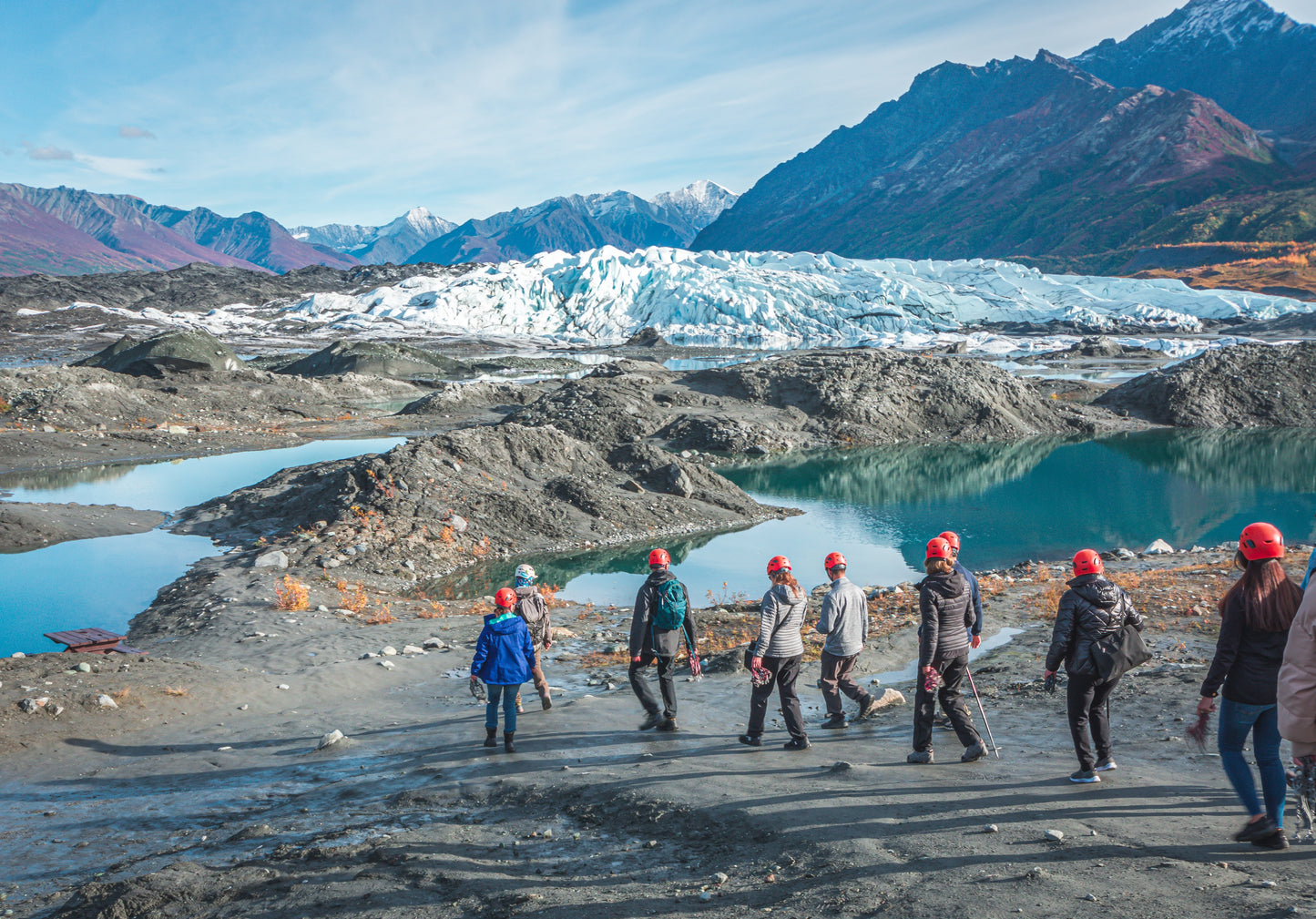
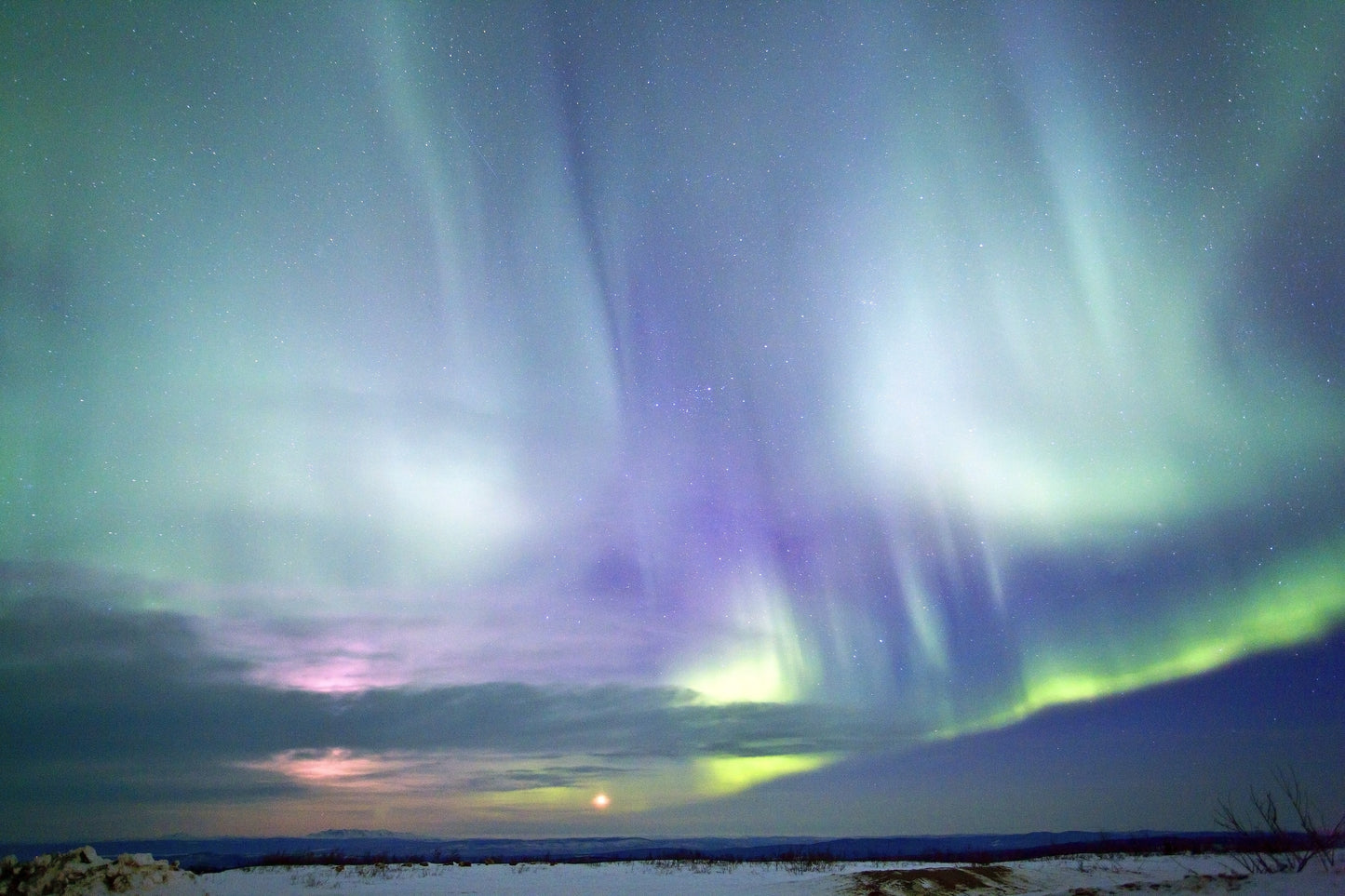
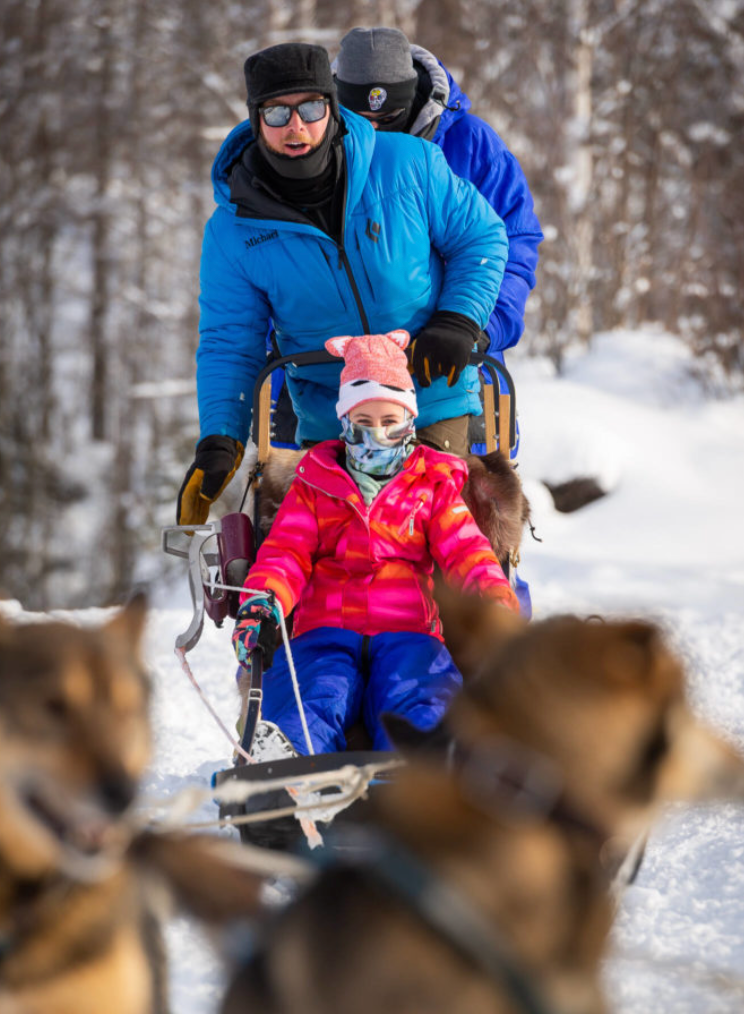
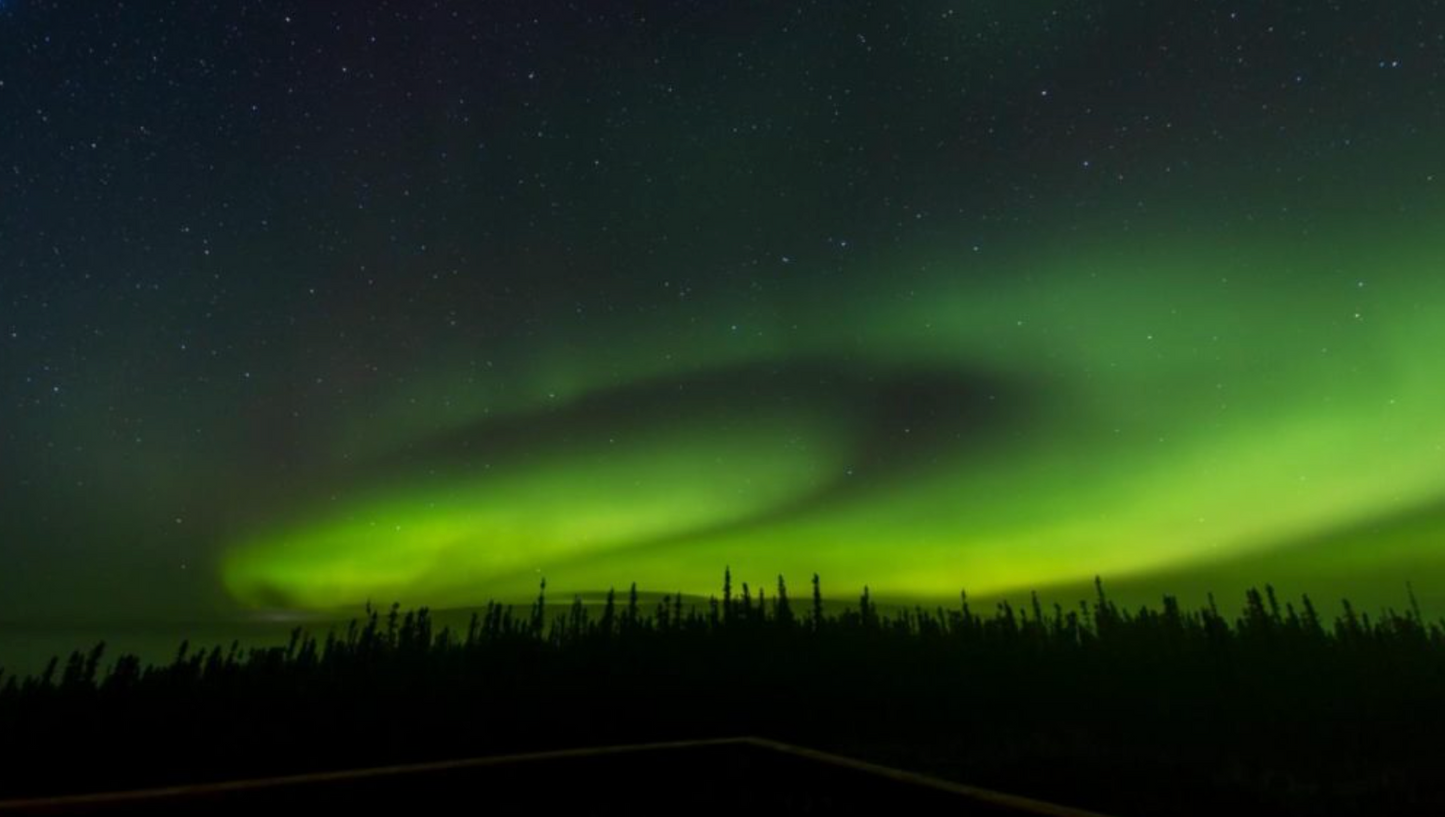

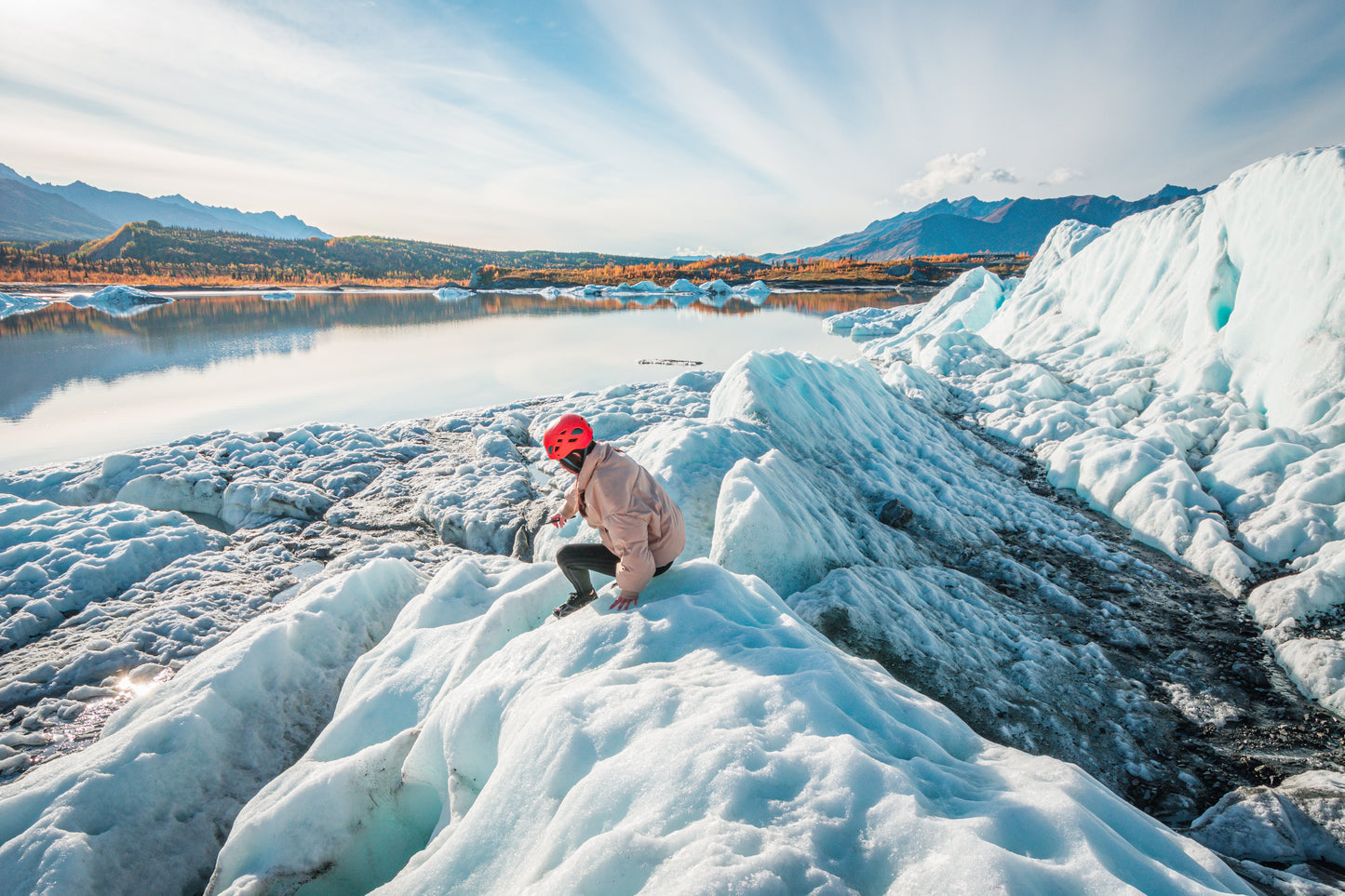
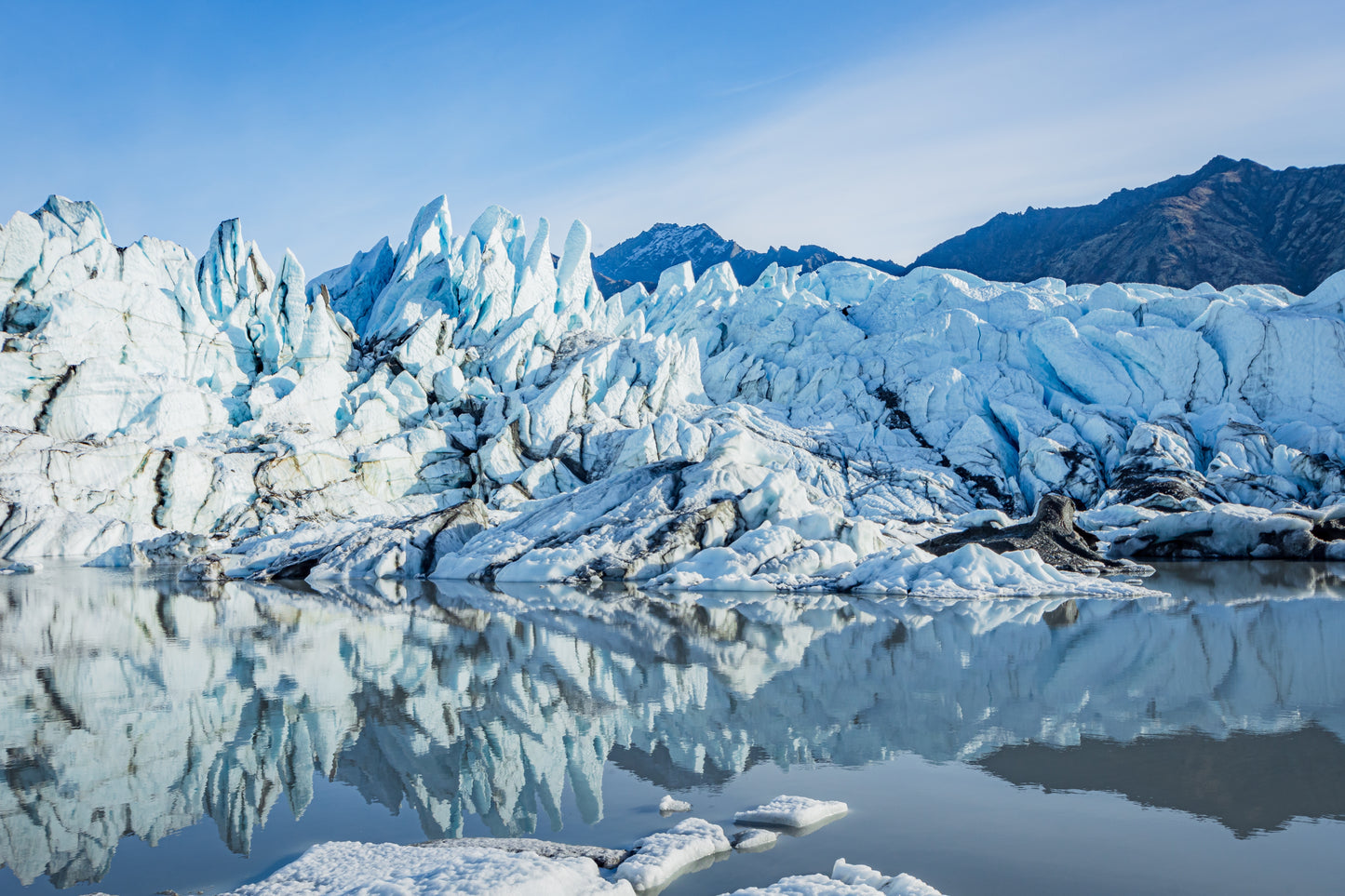
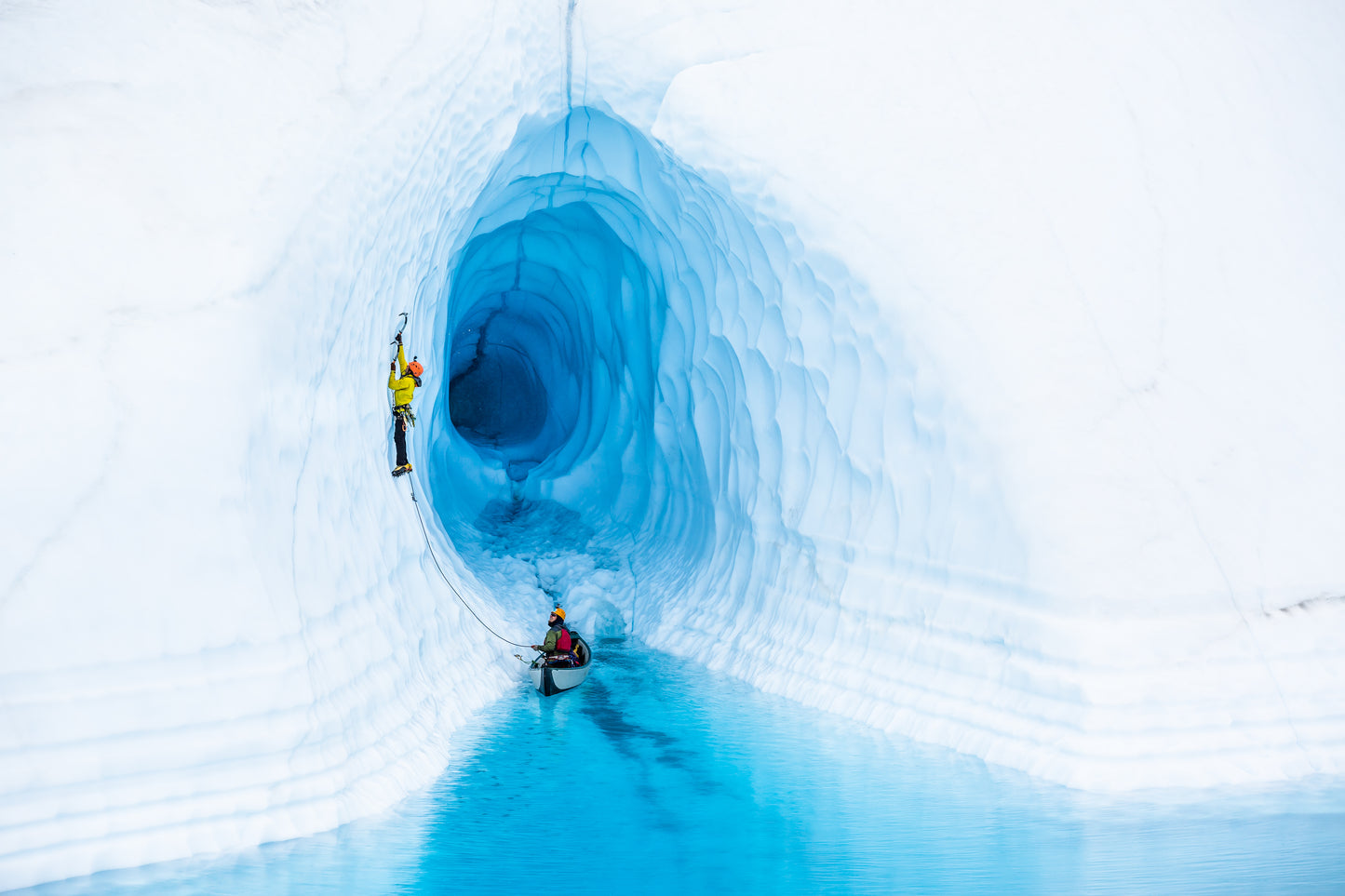
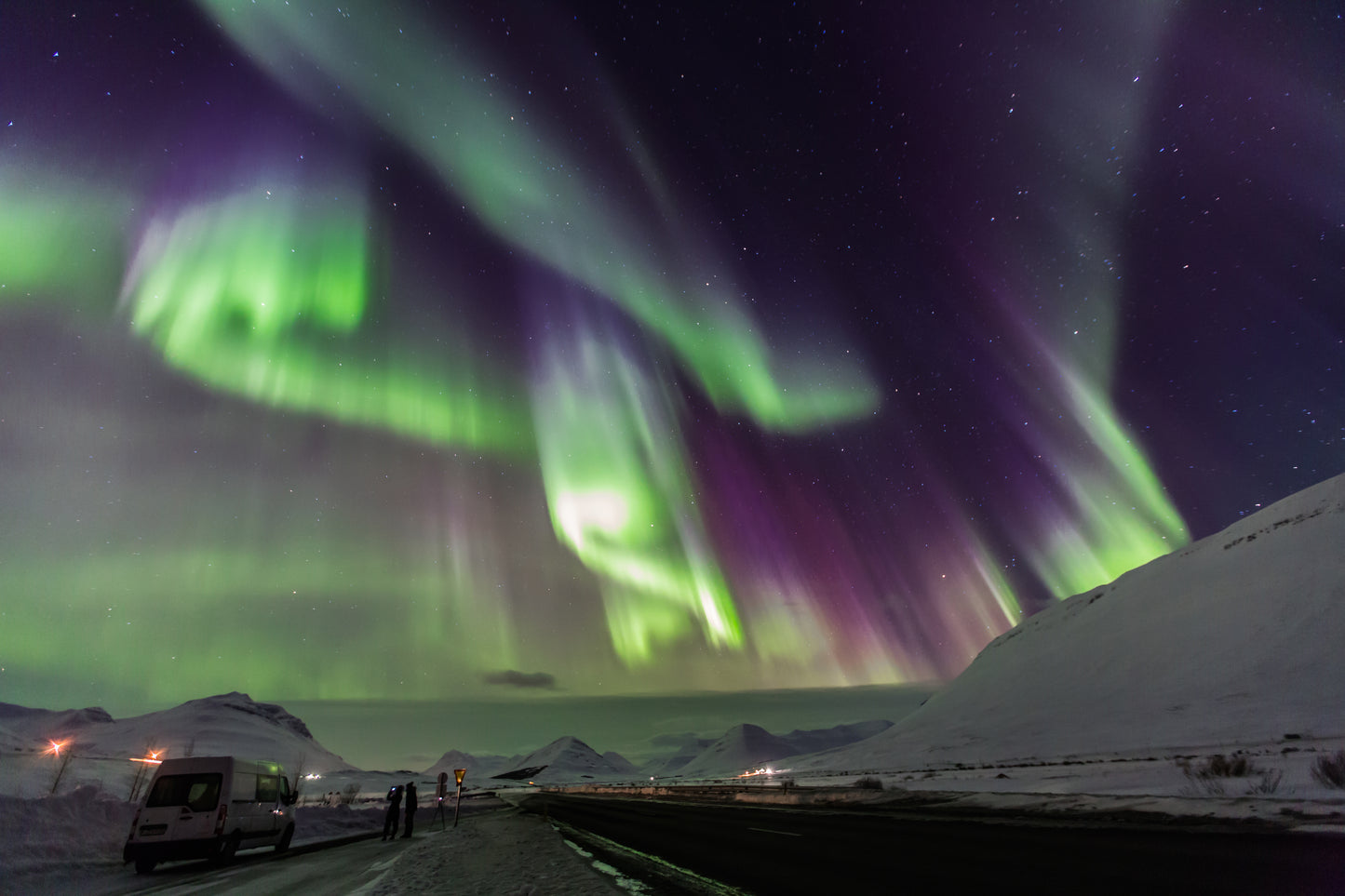
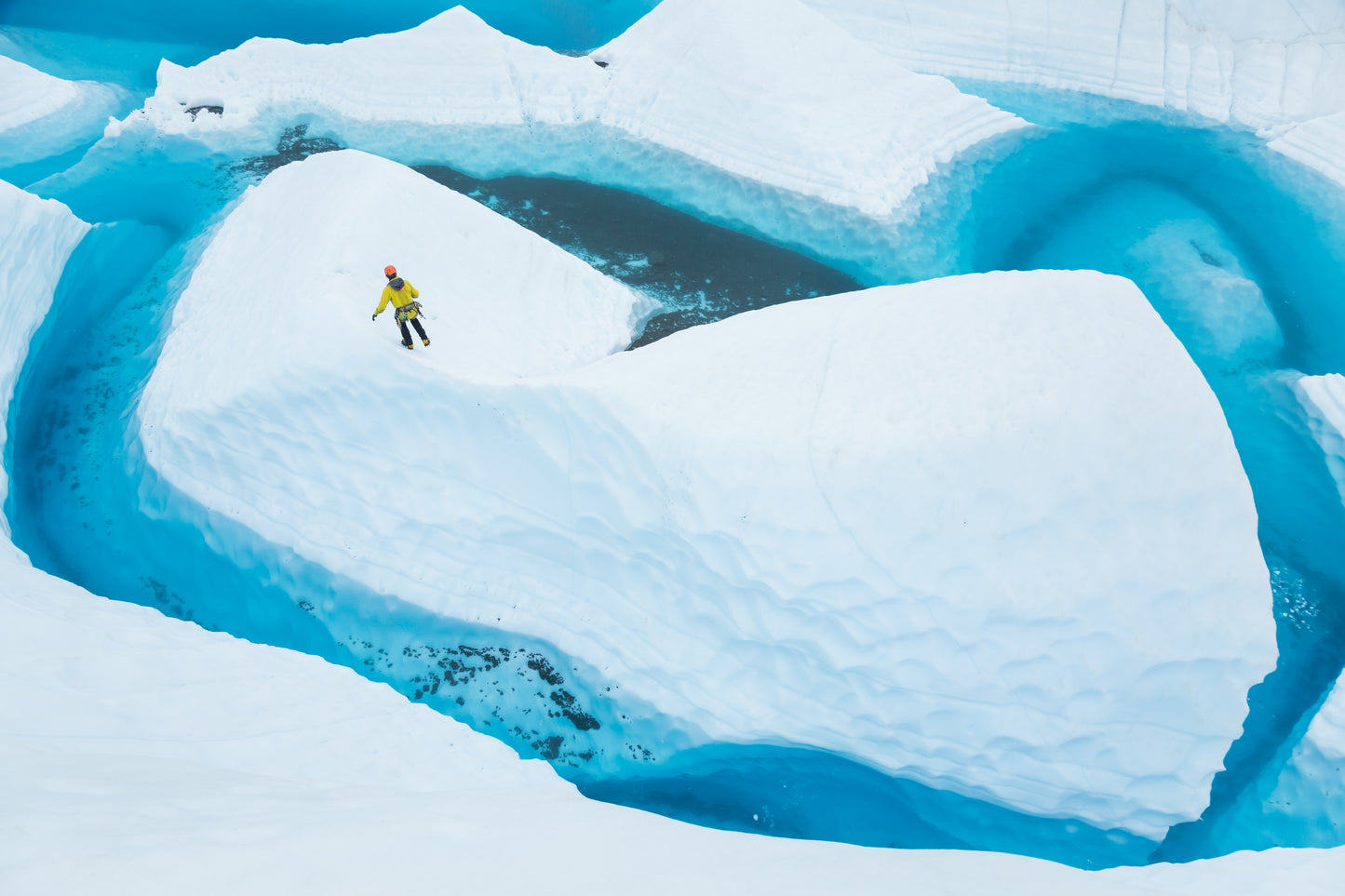
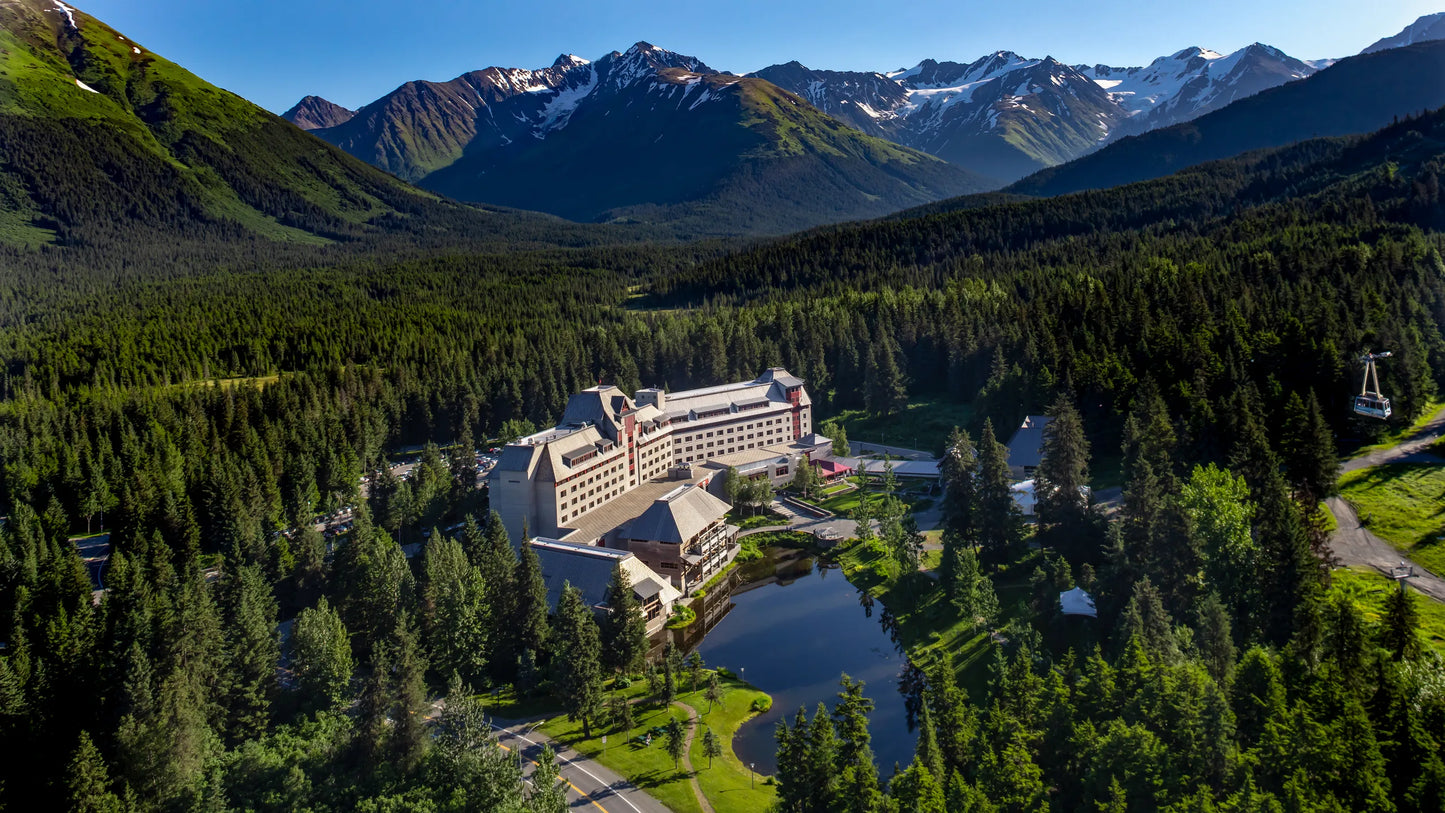
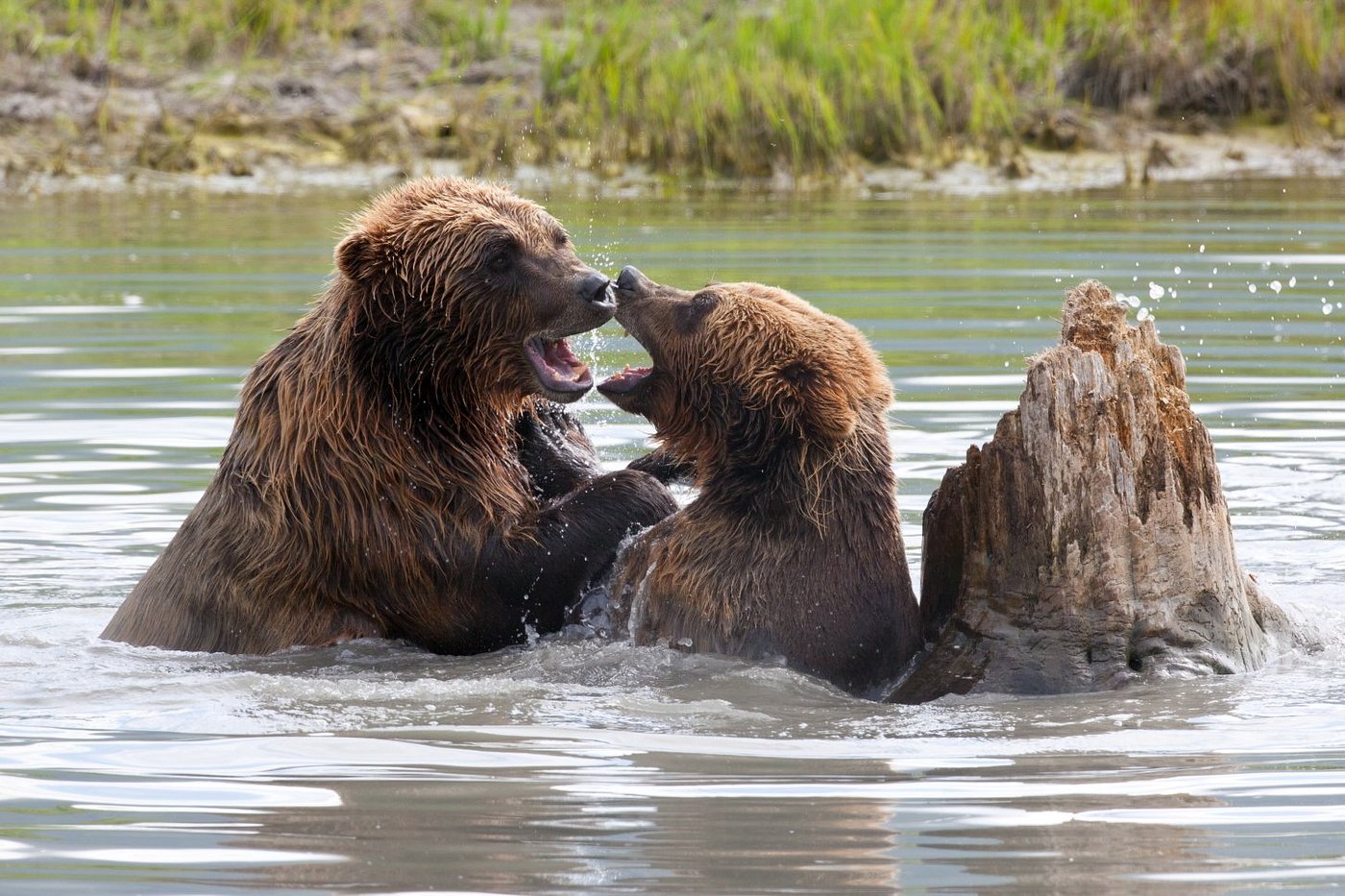
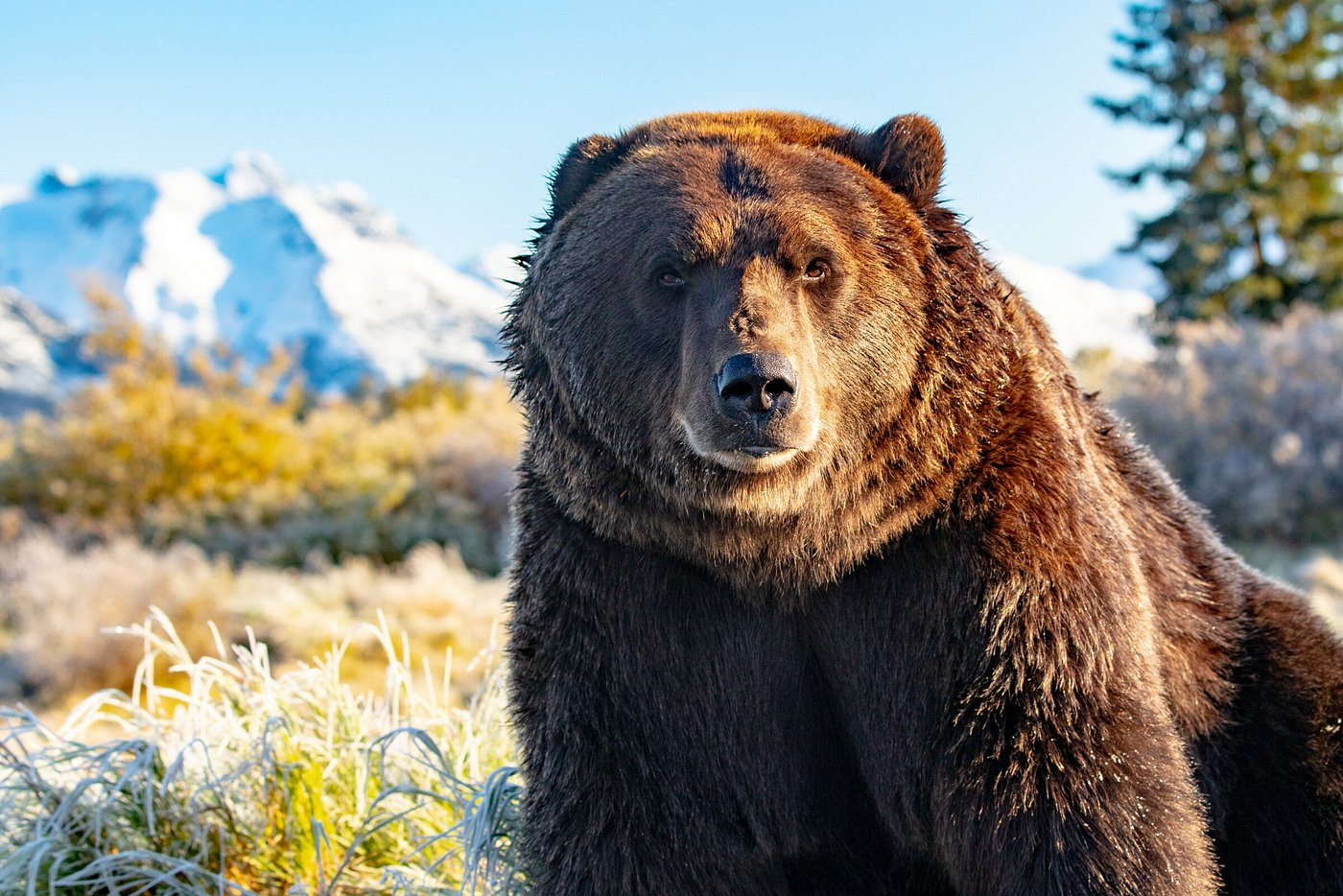

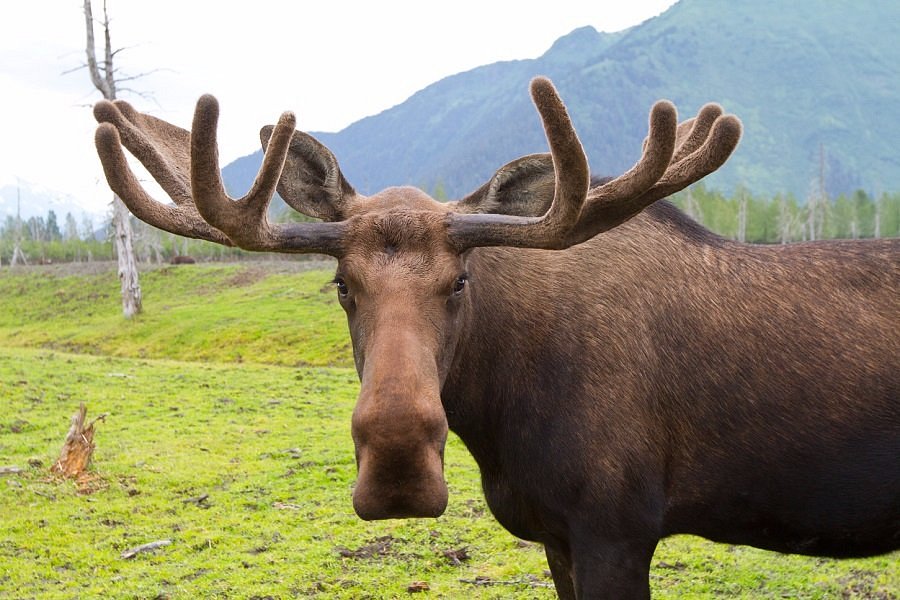
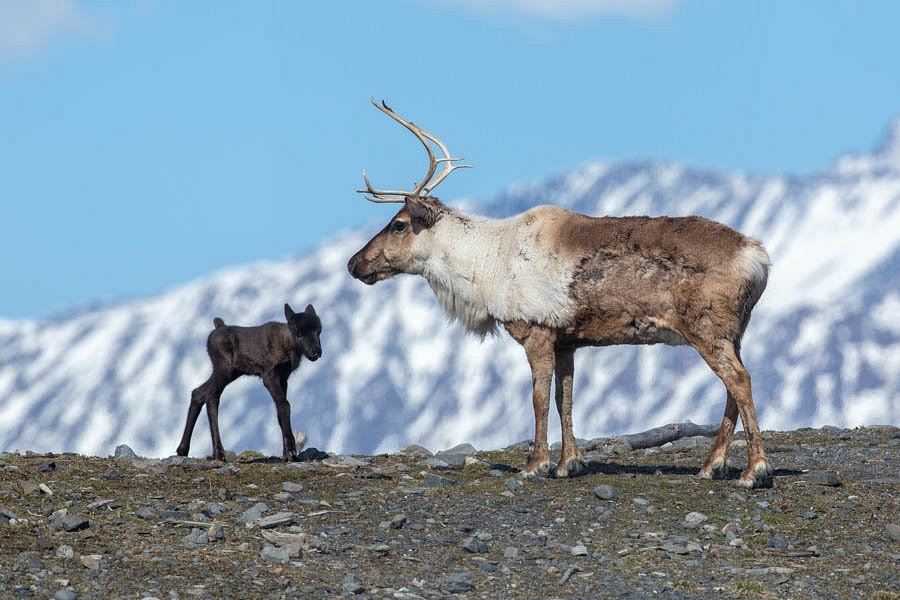
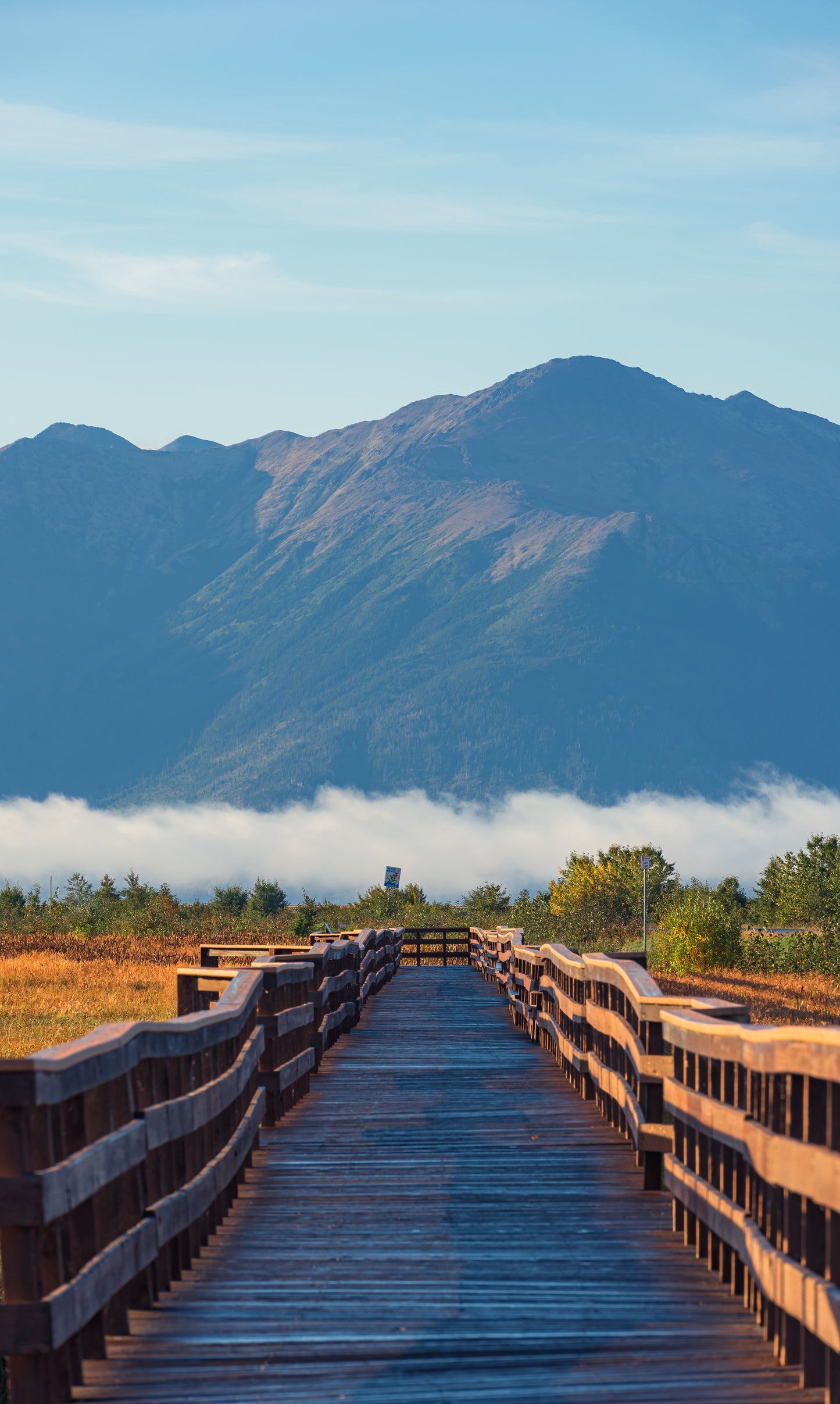
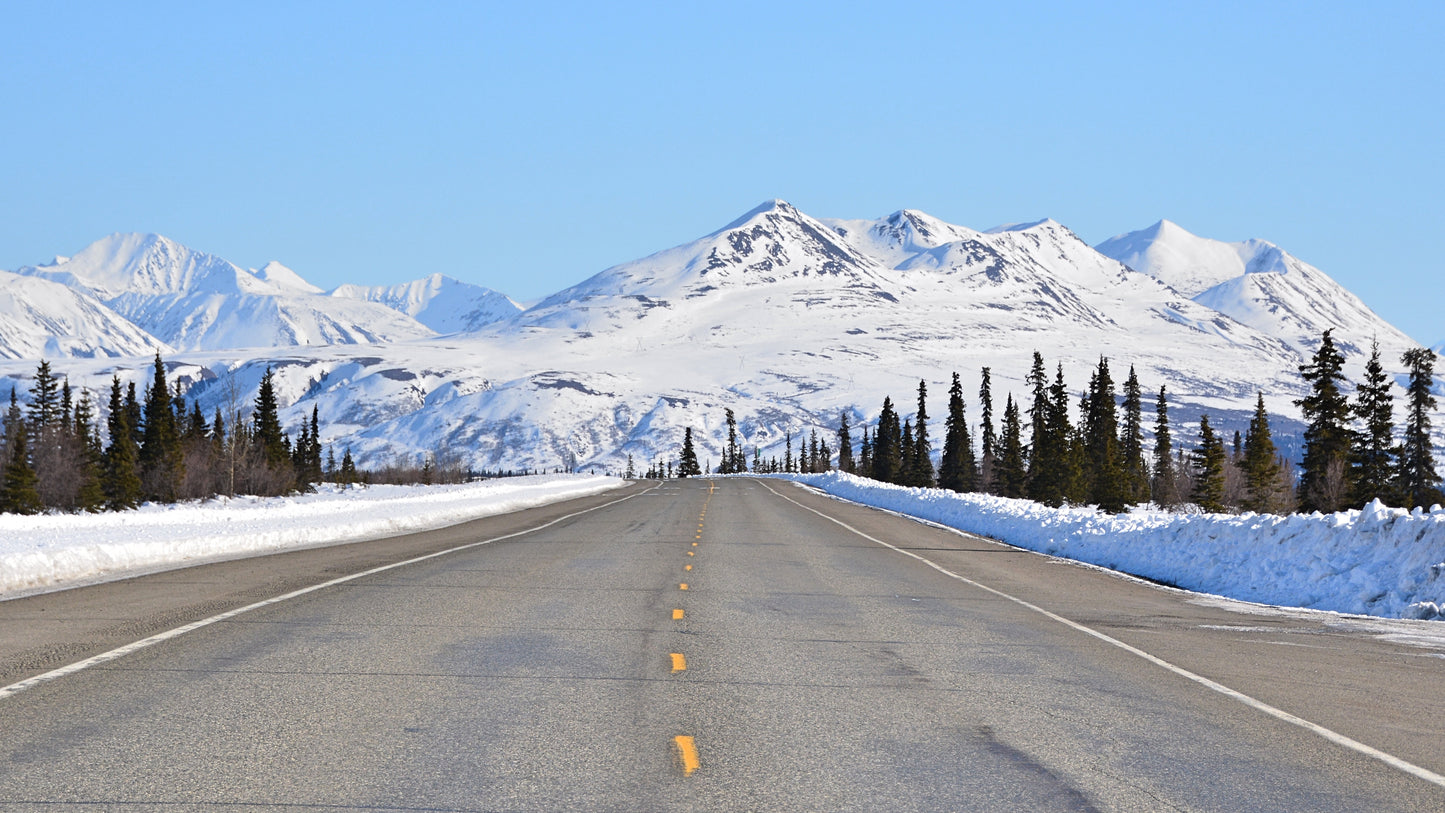
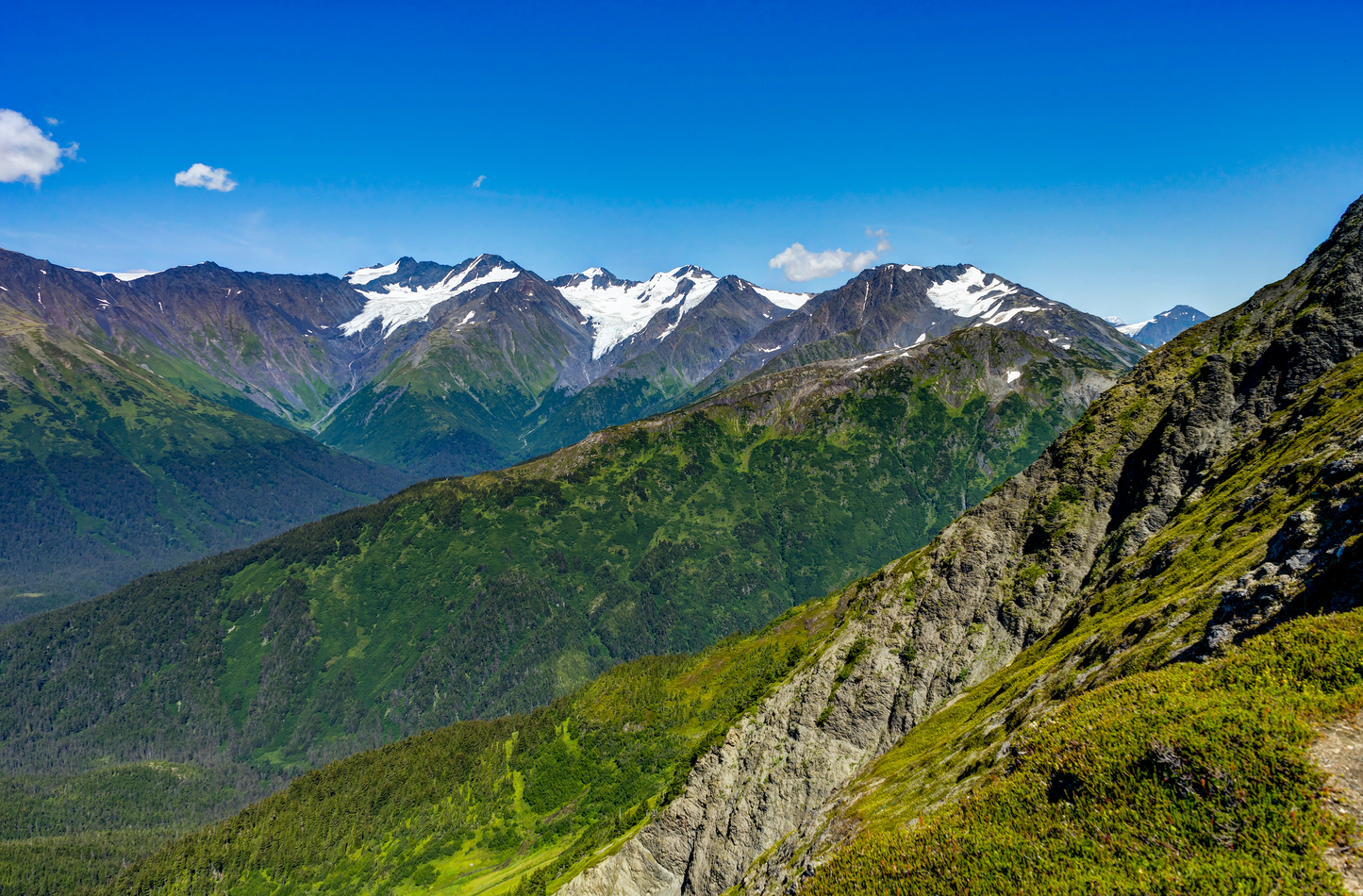

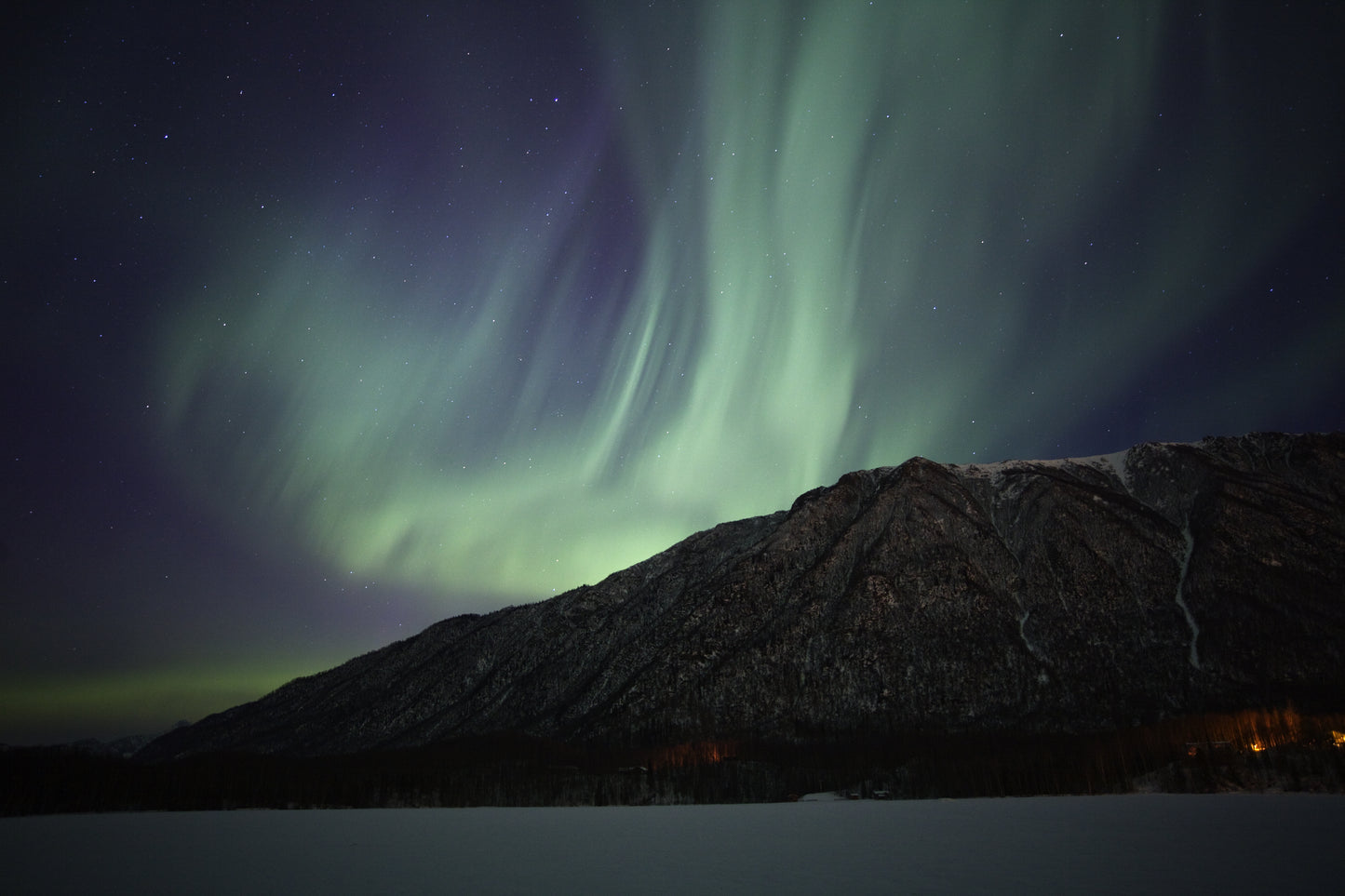
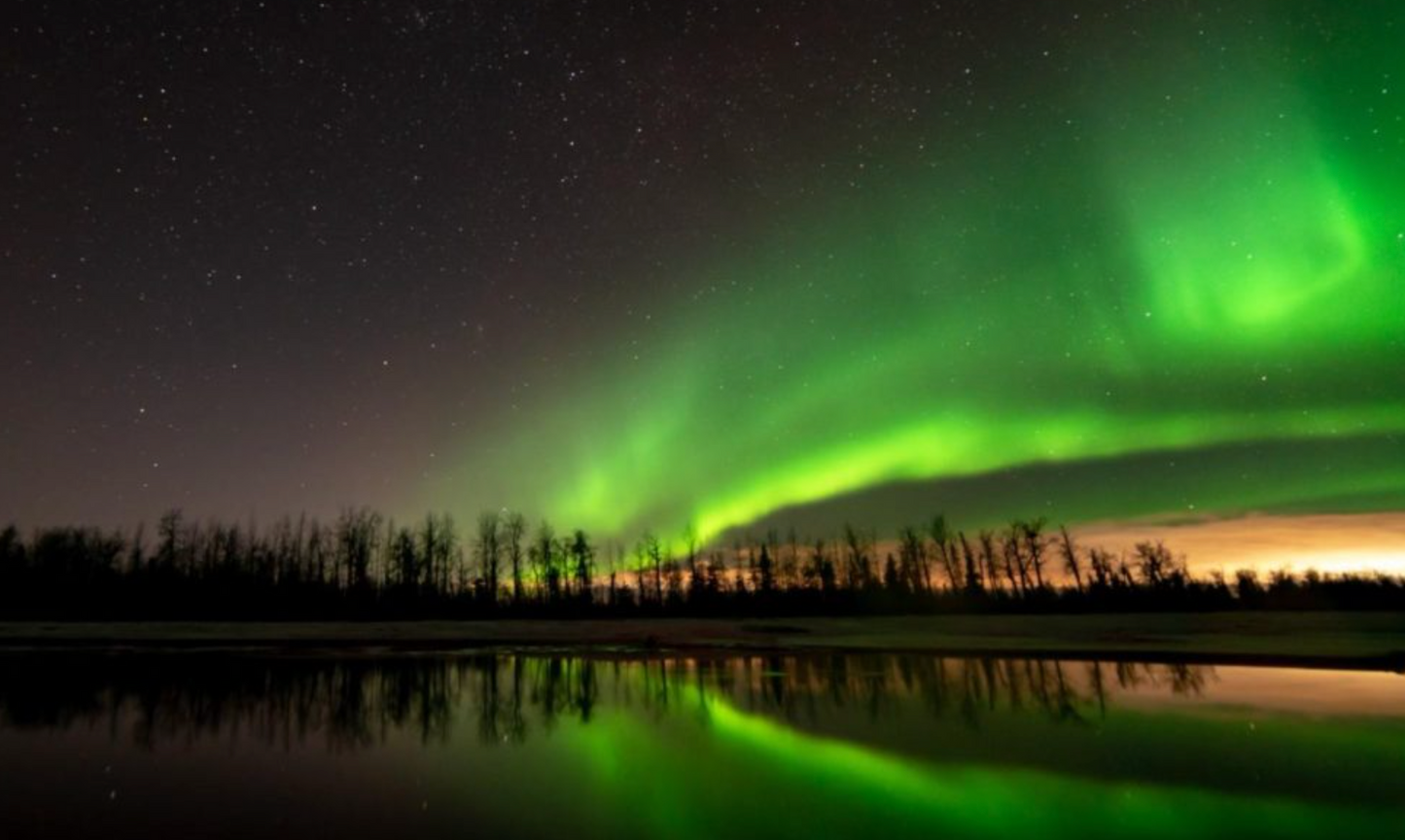
Overview Of Alaska Travel Tour 293
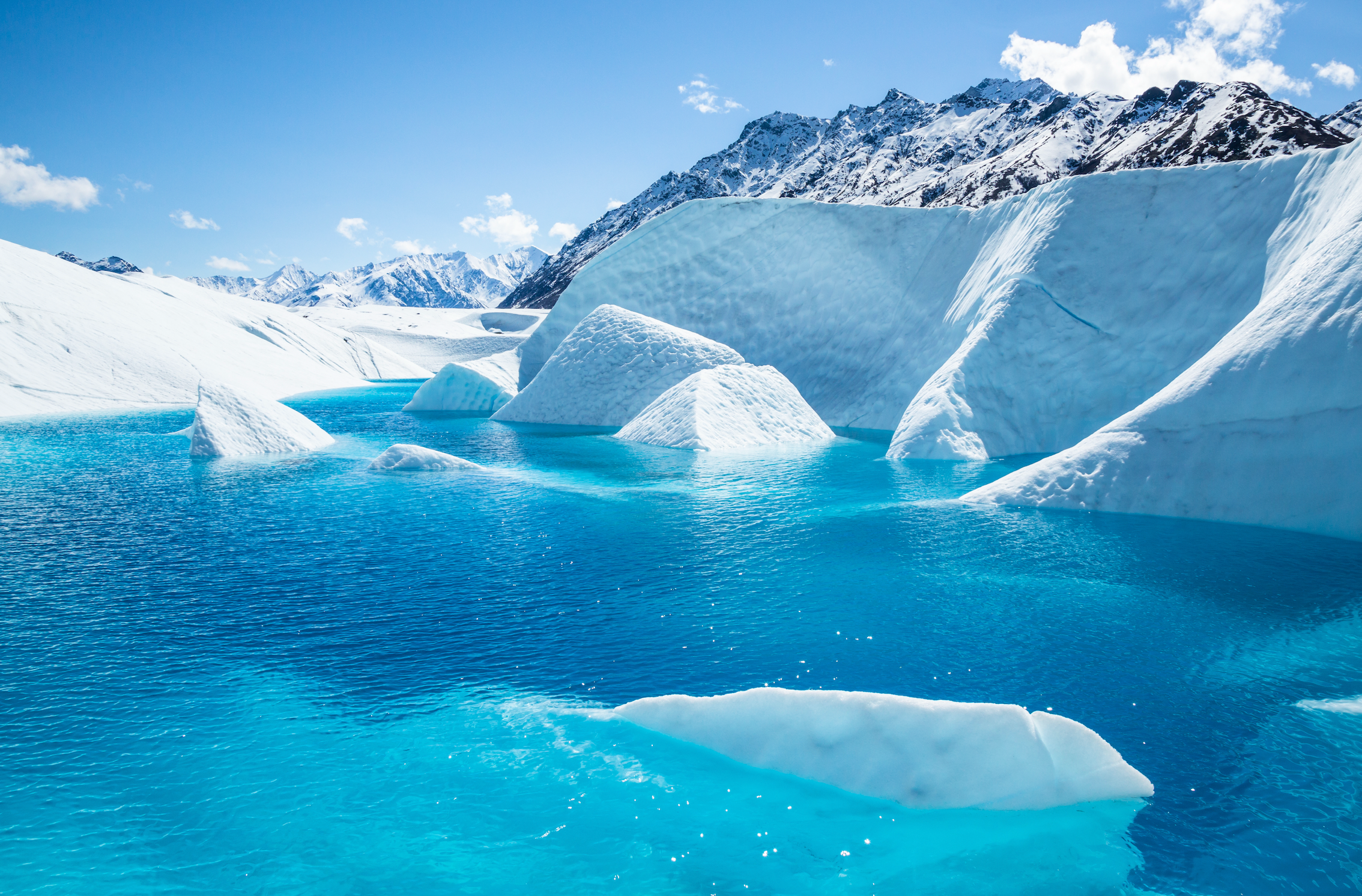
Note: Ensure that you check for any travel restrictions and entry requirements at your destination. It is your responsibility to be prepared with all necessary travel documents and paperwork. Plan to arrive at the airport at least three hours before your scheduled departure time.
Arrival in Alaska and Northern Lights Tour
Free day or Optional Dog Sled Tour
Matanuska Glacier Tour
Free day or Optional Turnagain Arm Scenic Tour and Departure from Alaska
Continued travels to city of origin
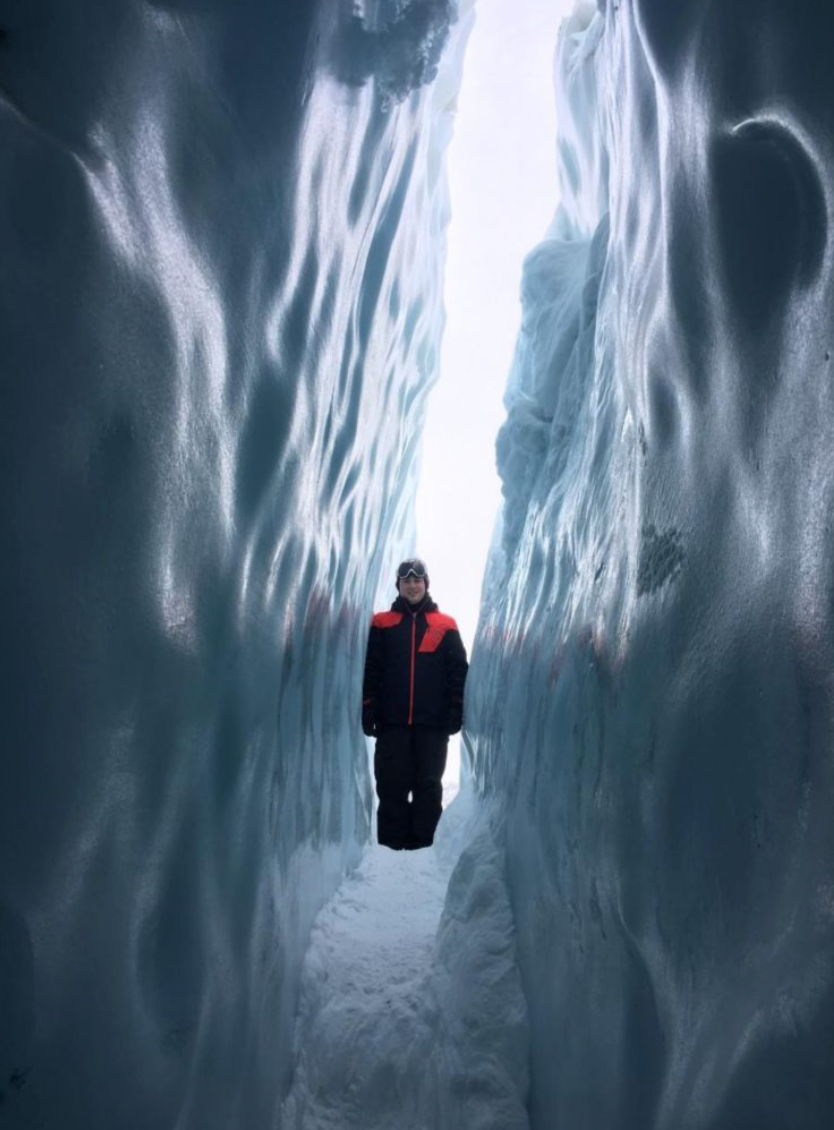
matanuska glacier
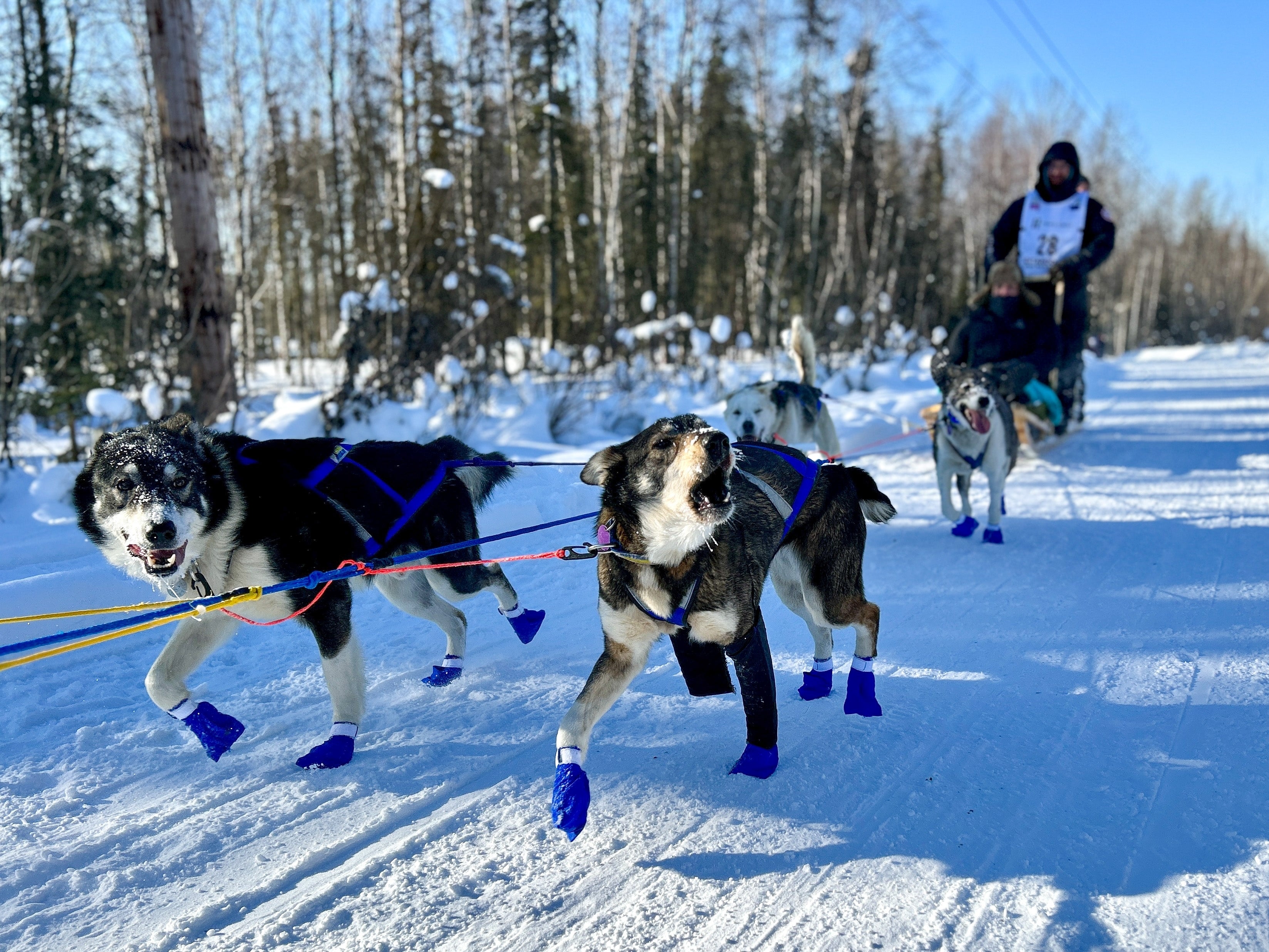
dog sled tour
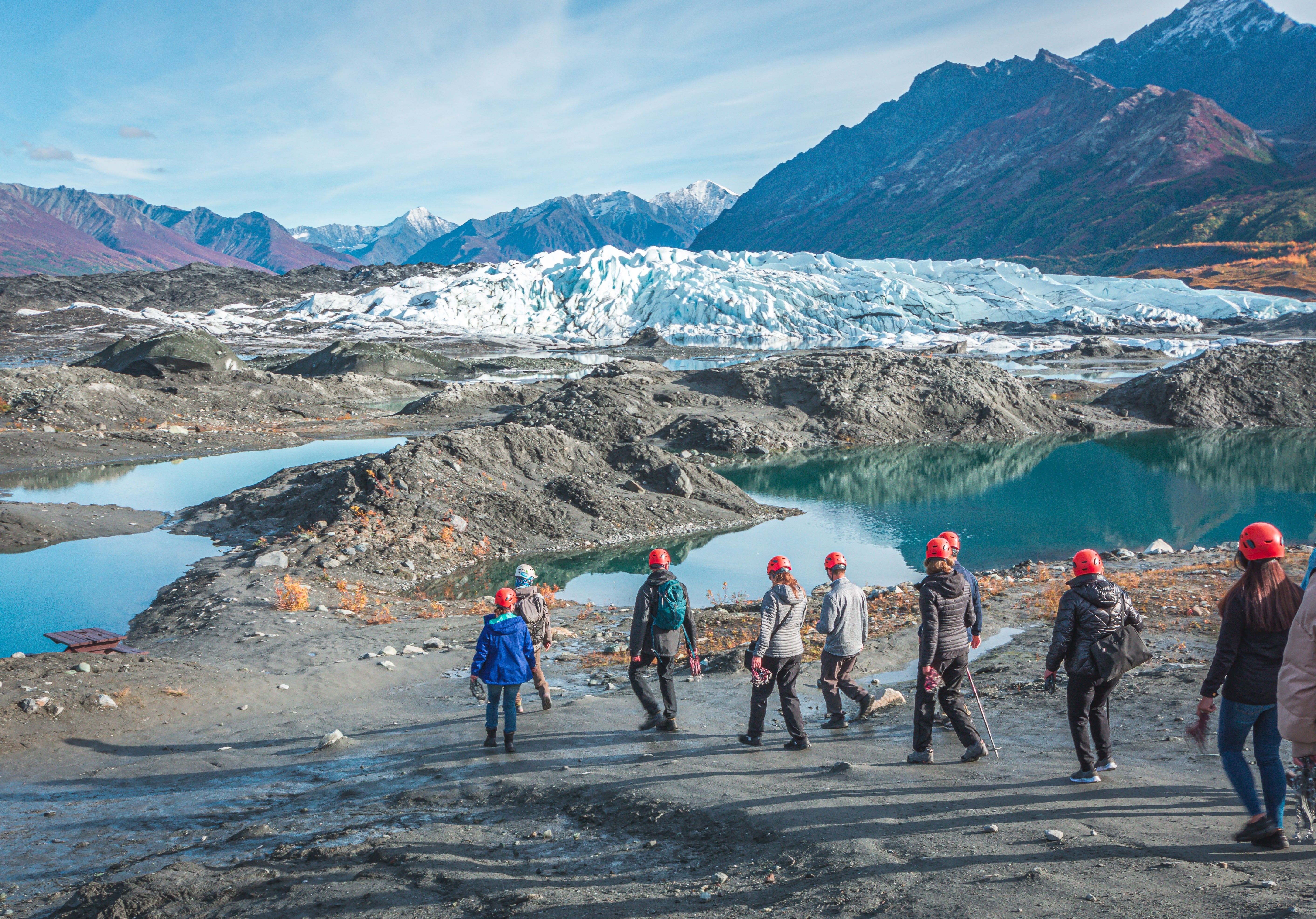
matanuska glacier tour
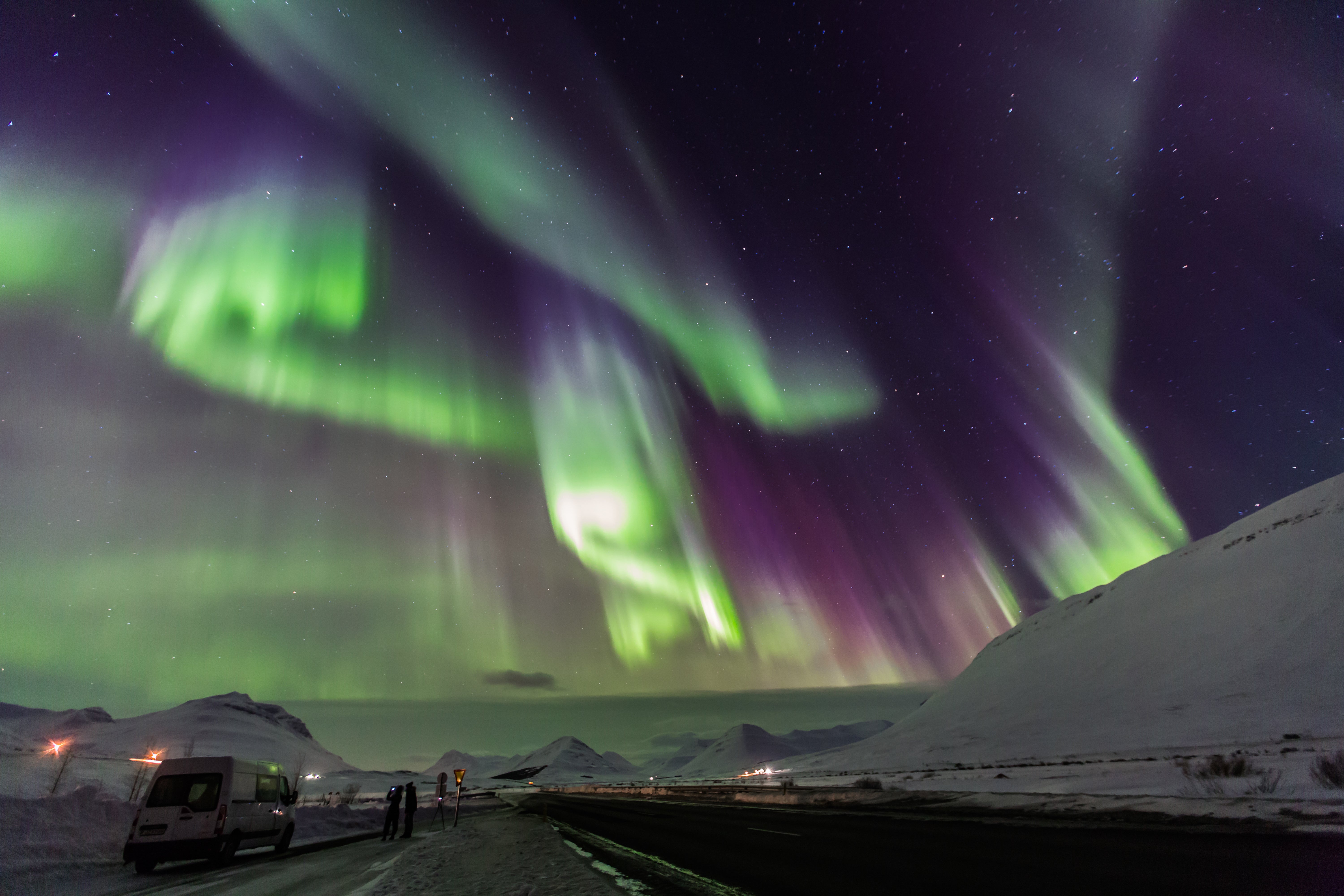
northern lights tour
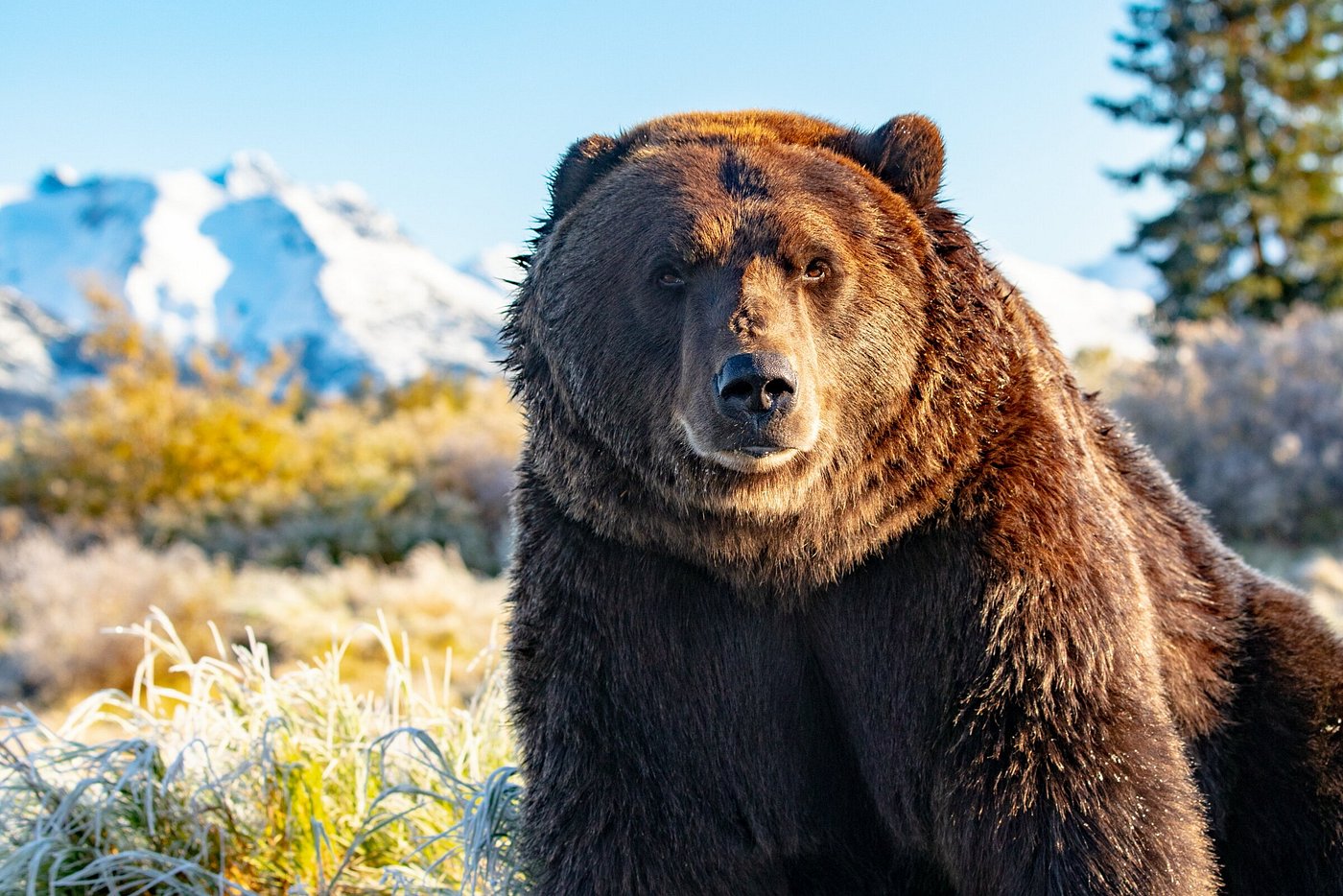
optional turnagain arm scenic tour
Pricing & Availability
| ROOM OCCUPANCY | SINGLE | DOUBLE | TRIPLE | QUADRUPLE |
|---|---|---|---|---|
| Per Person | (Not available) | $2,980 | (Not available) | (Not available) |
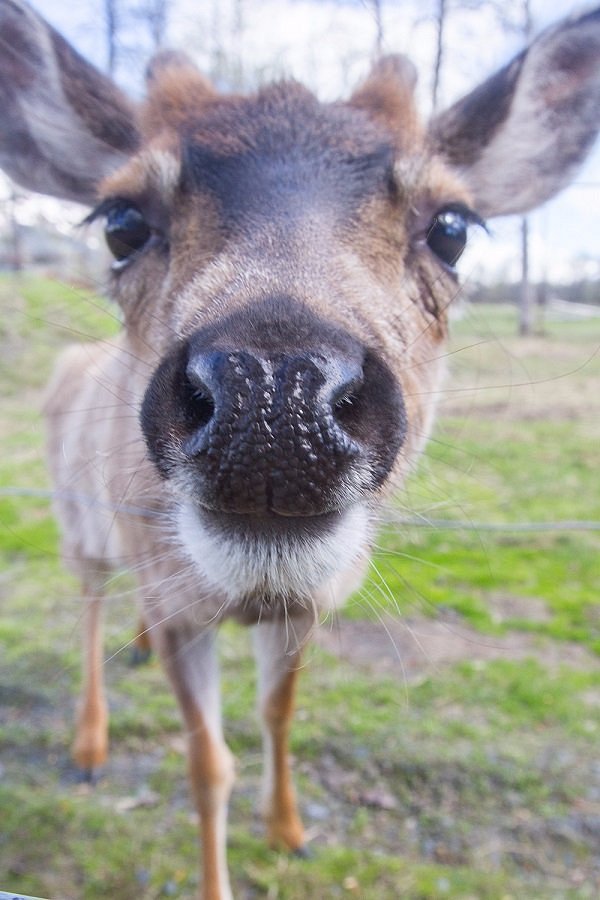
Gallery
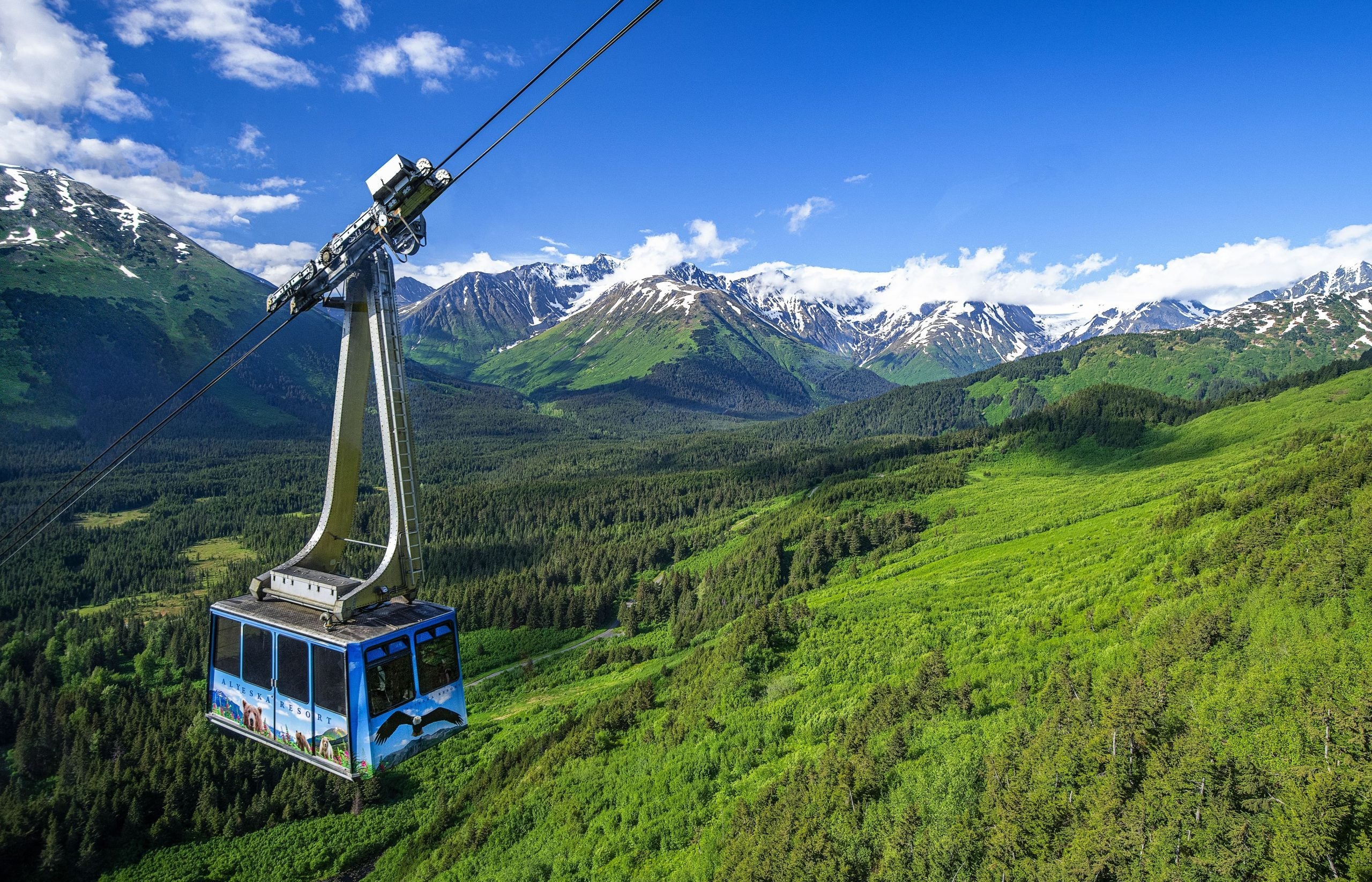


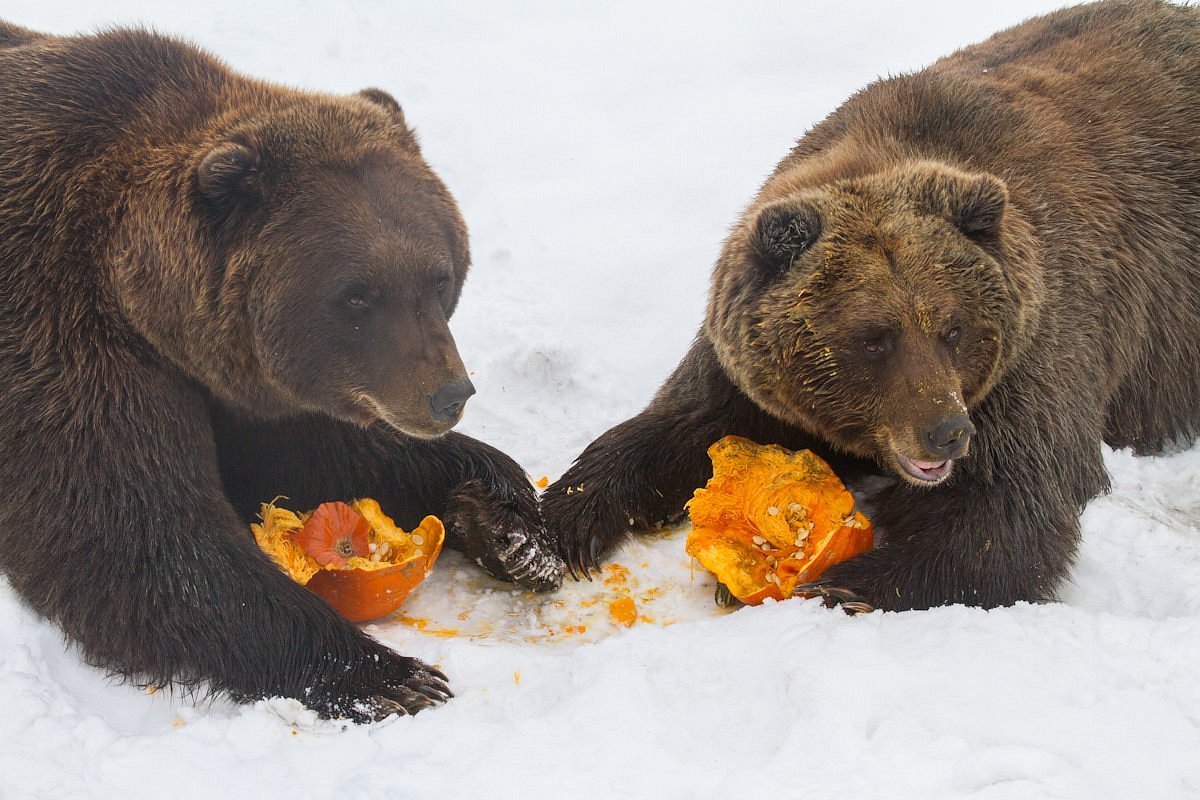
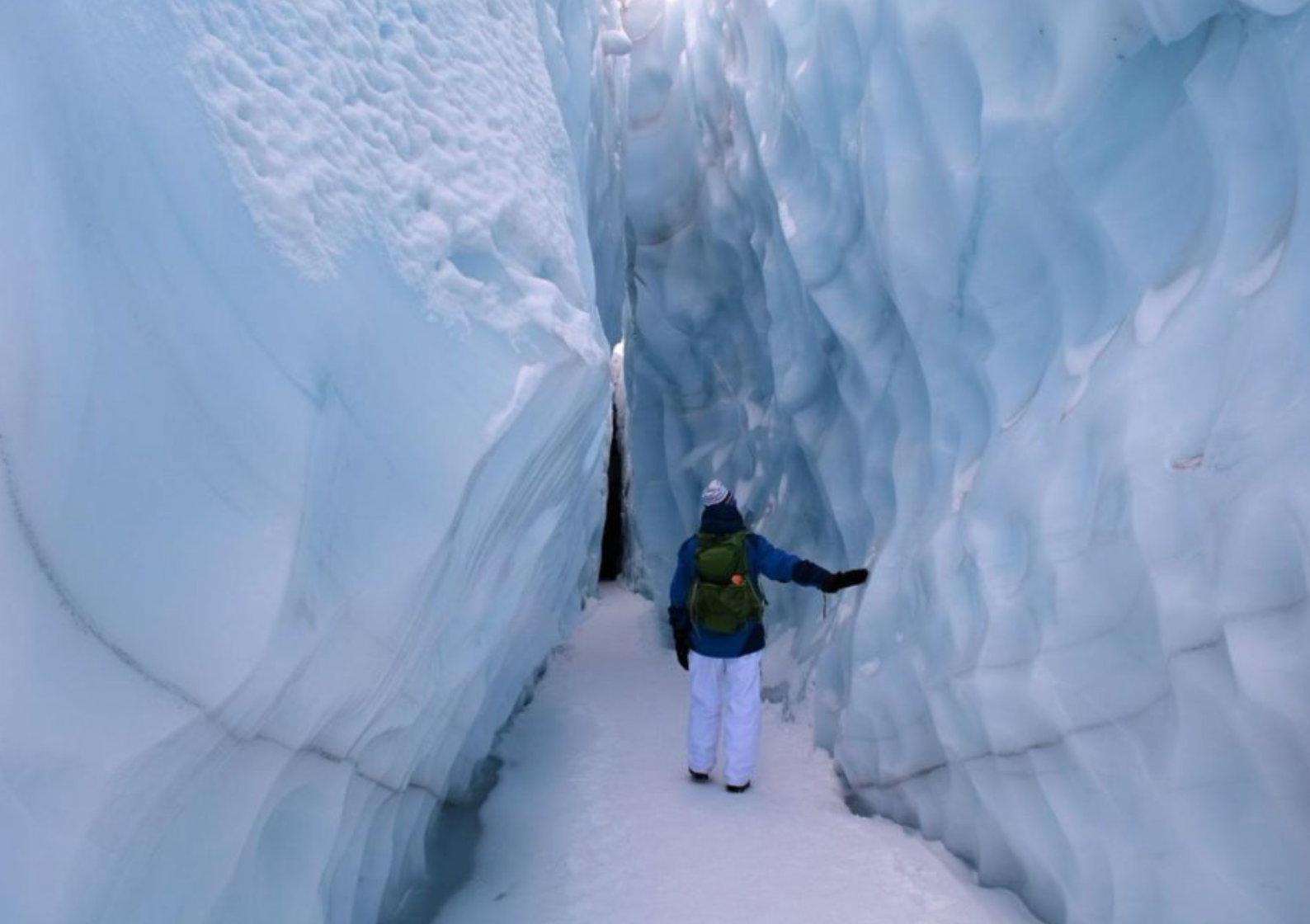

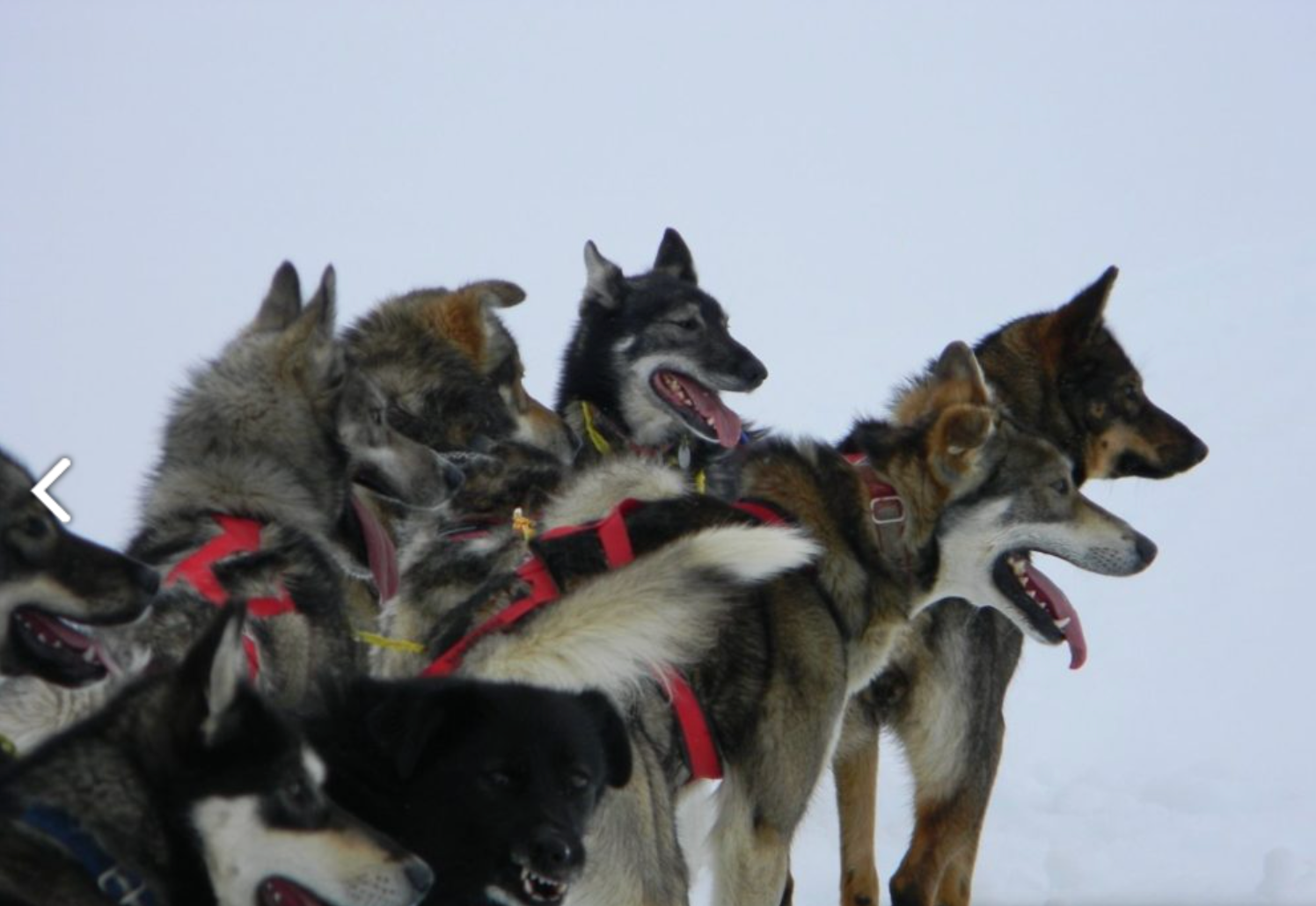
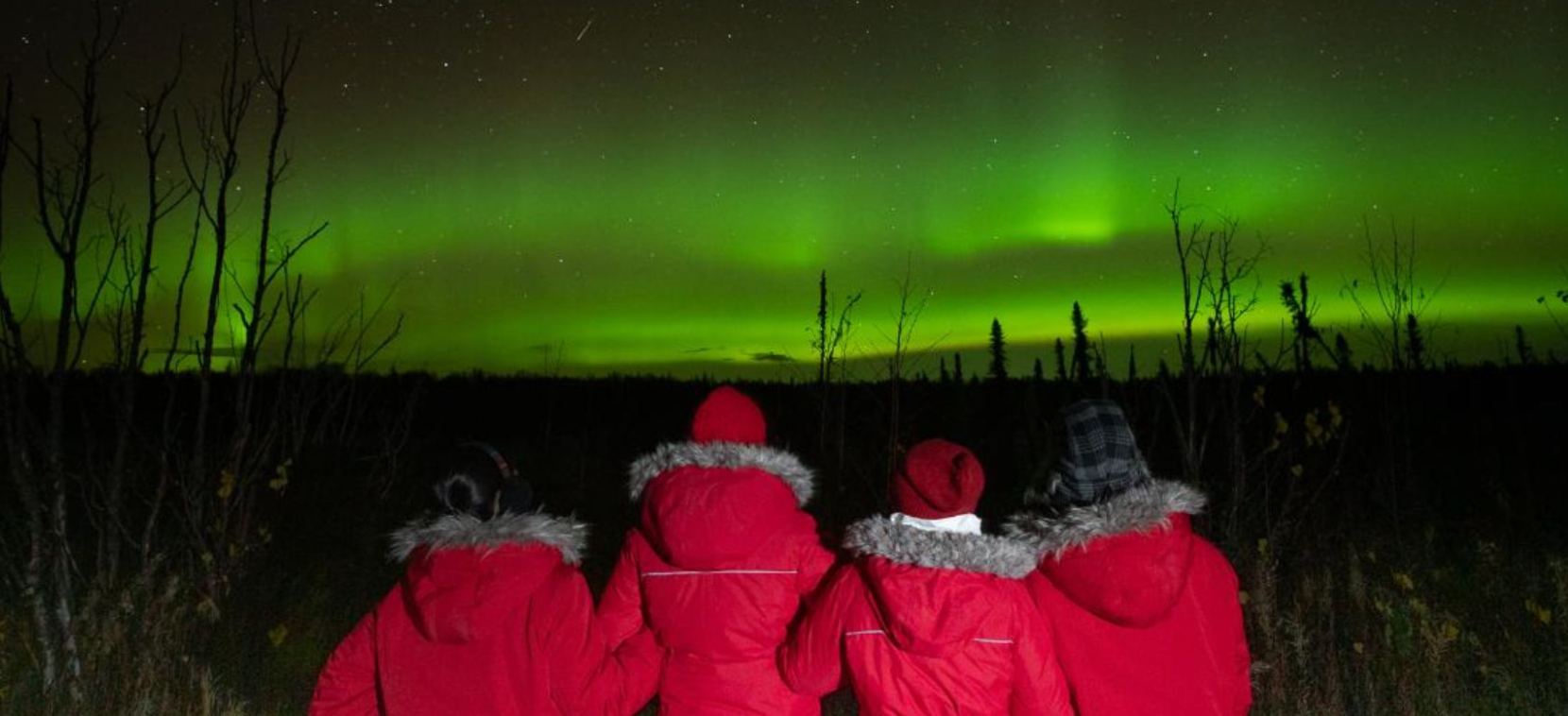

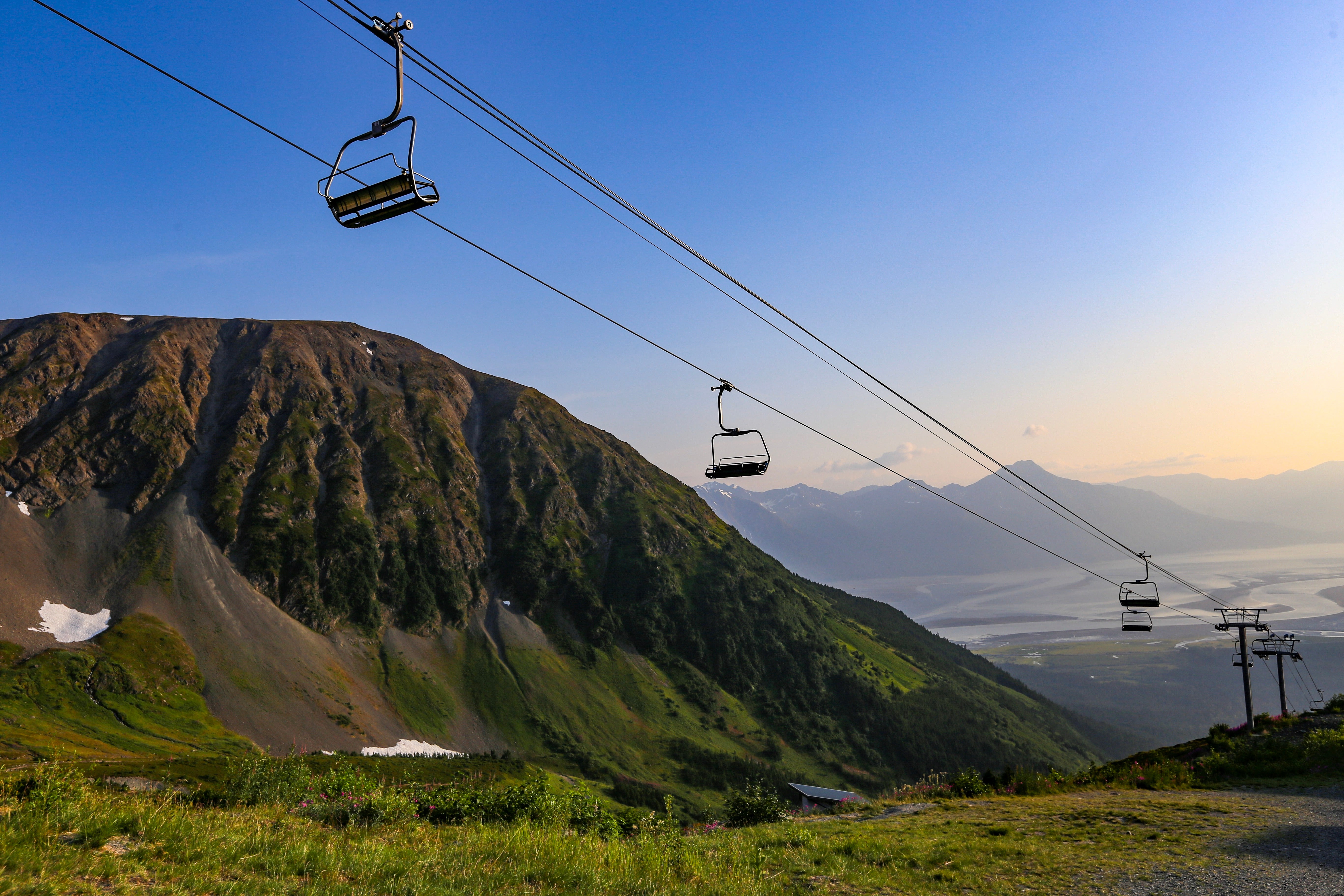


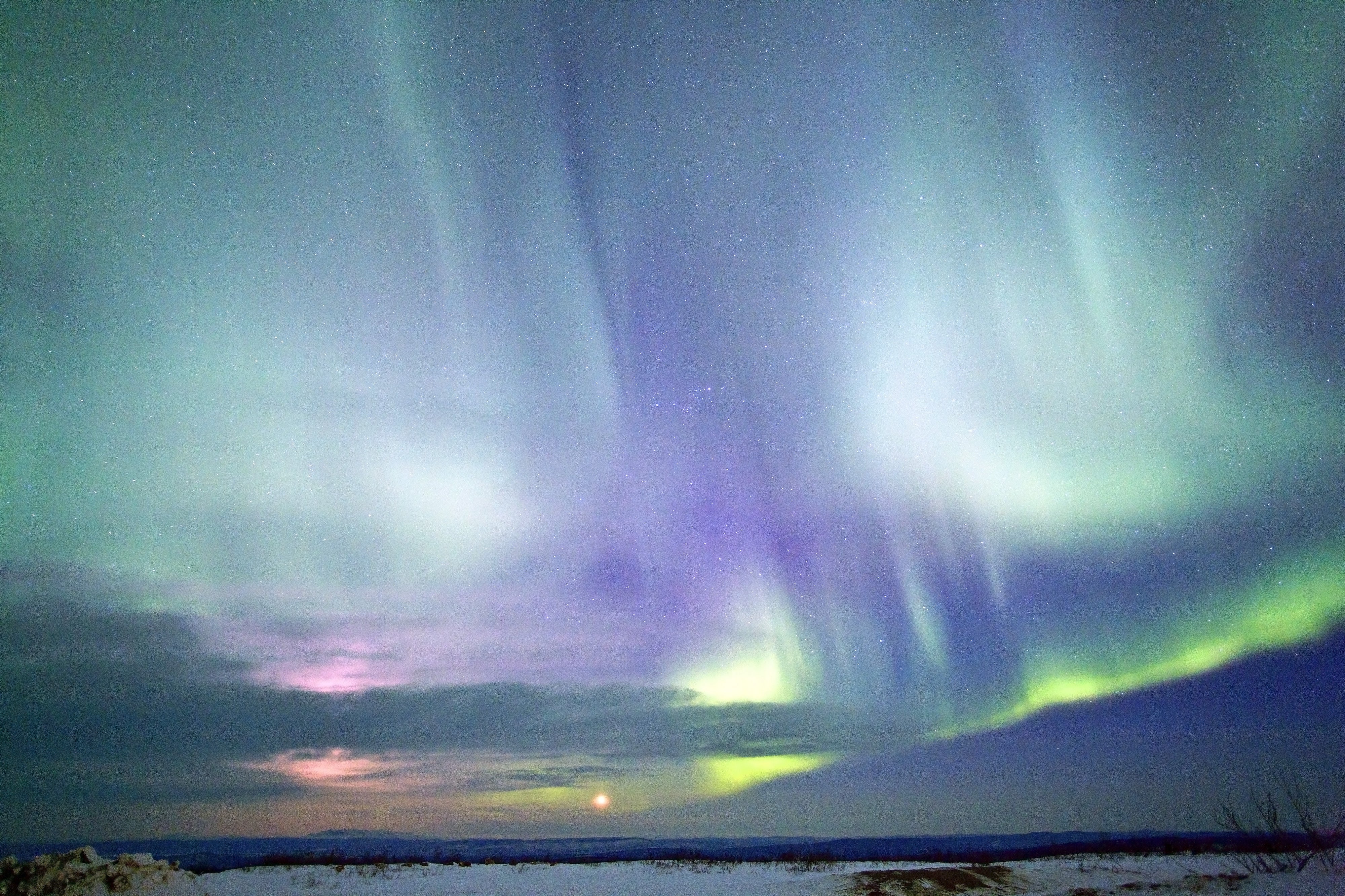
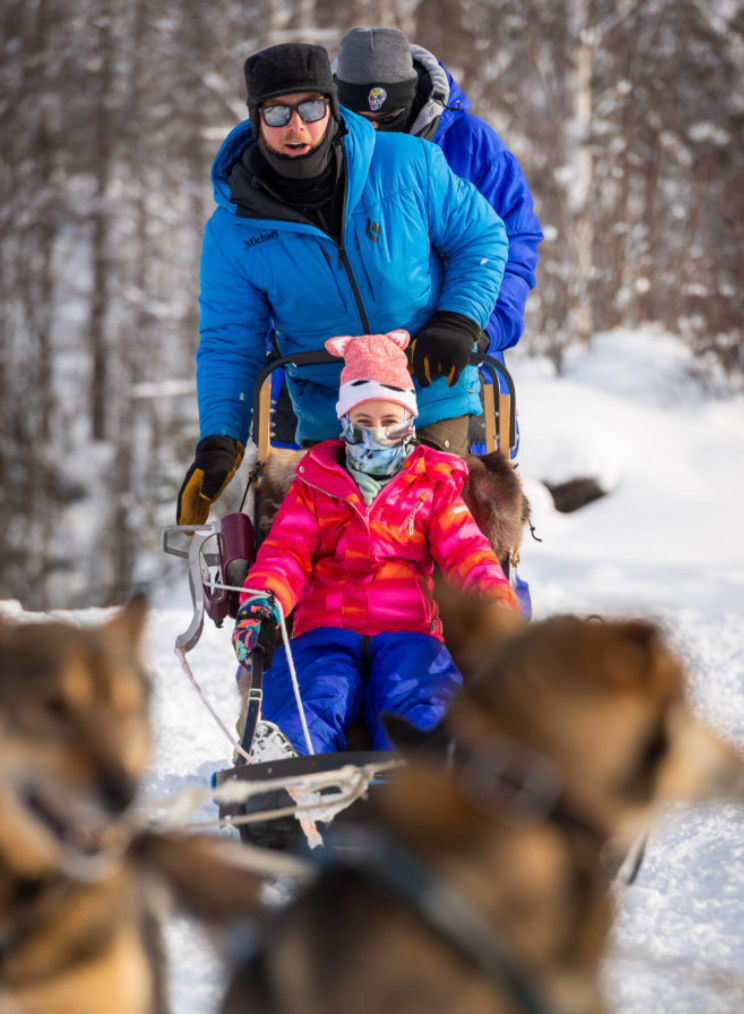
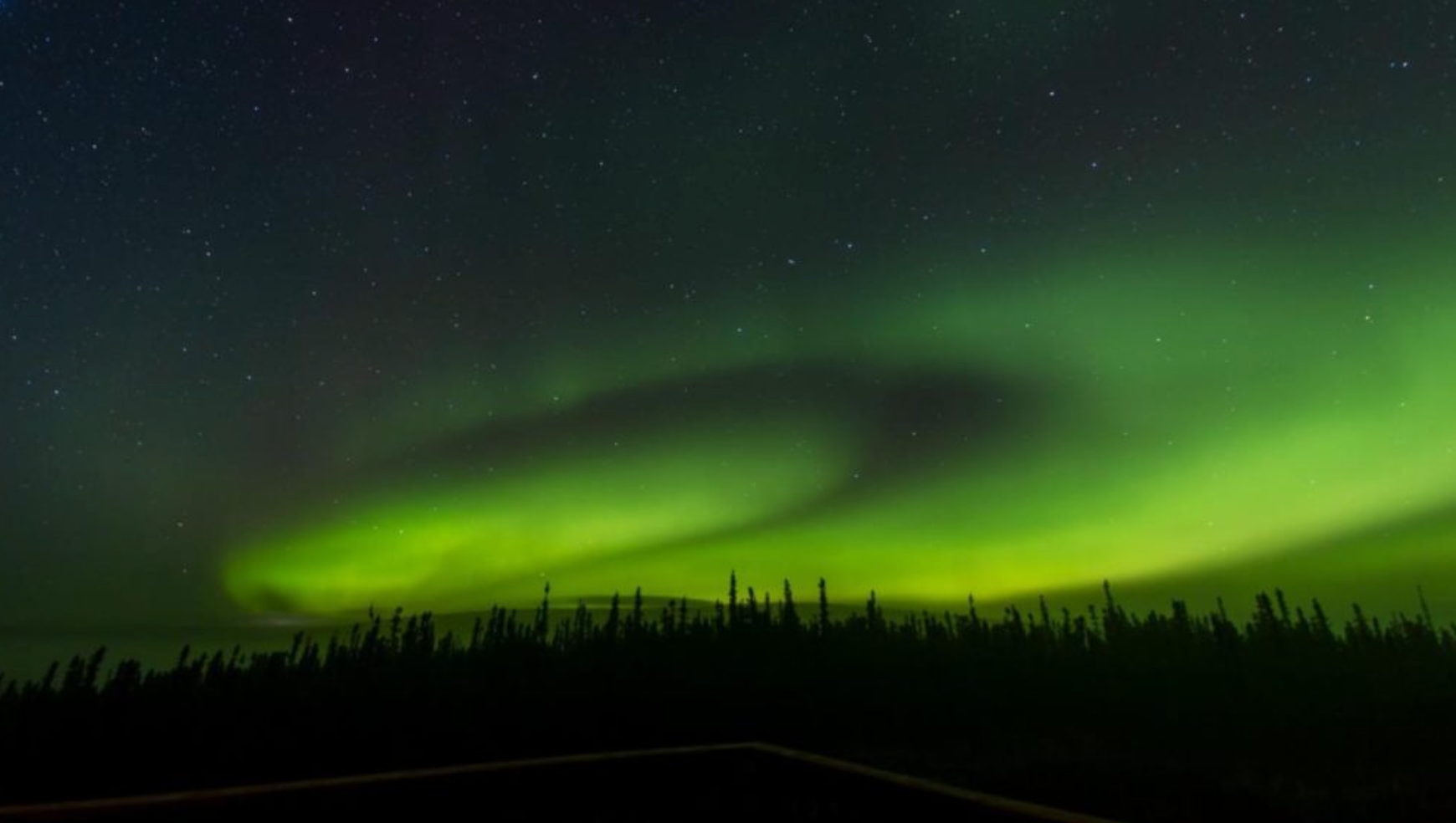
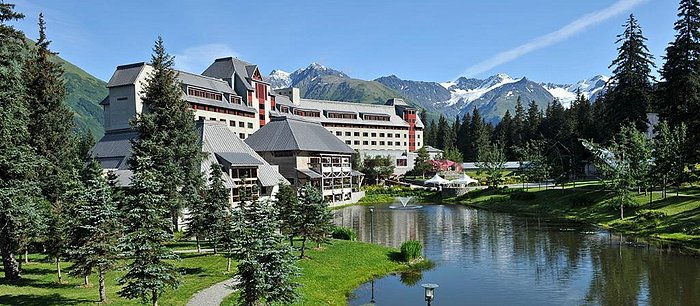
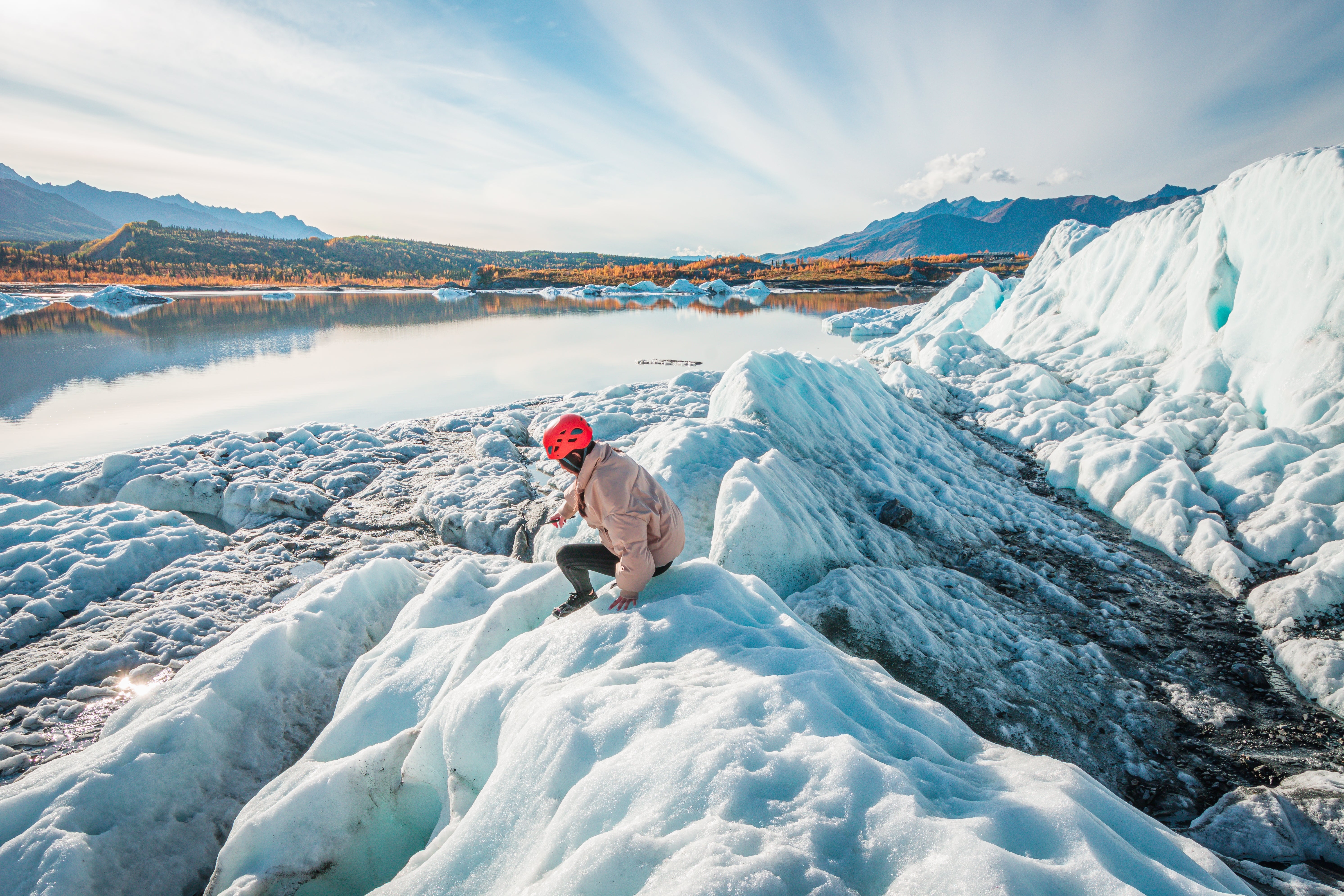
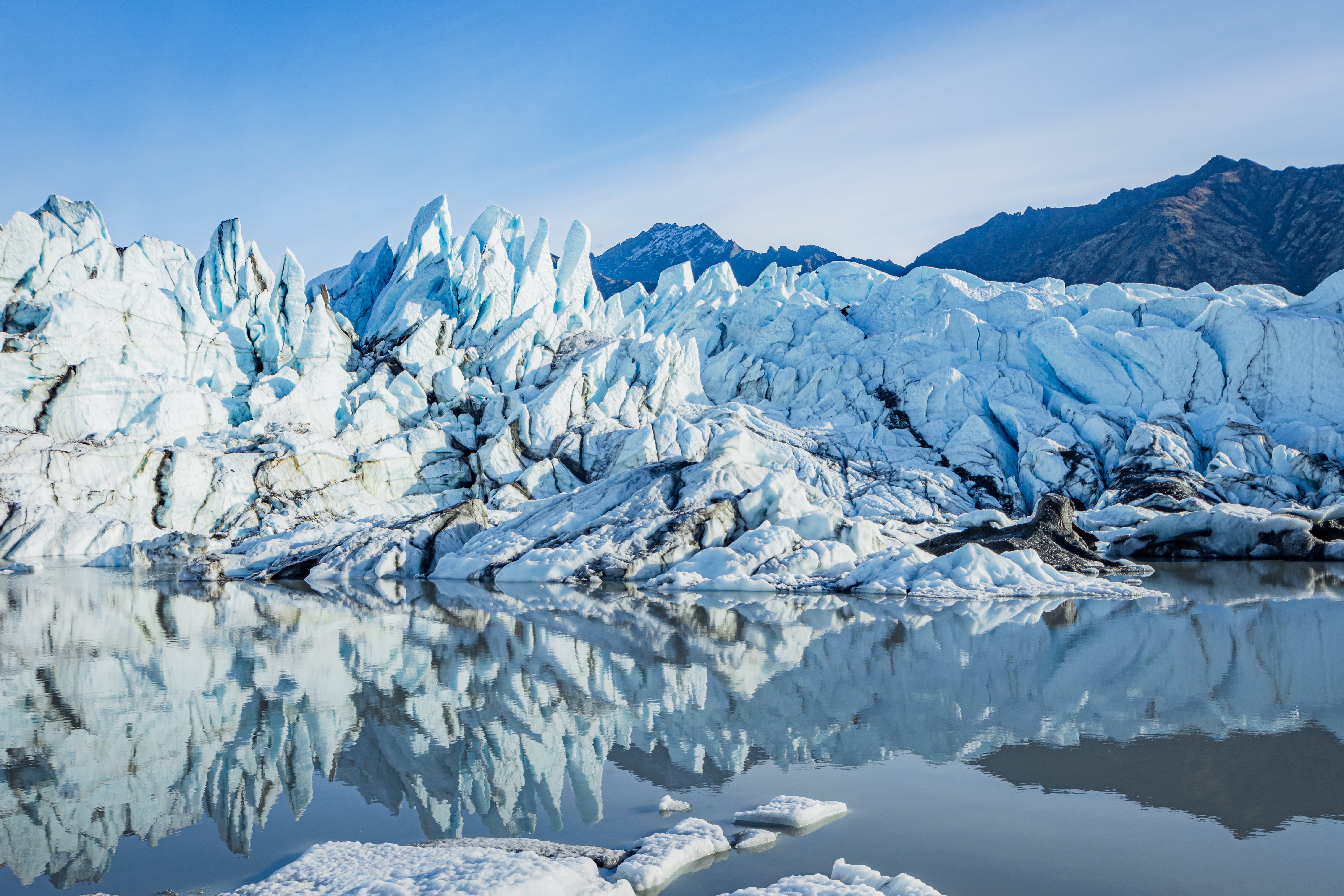
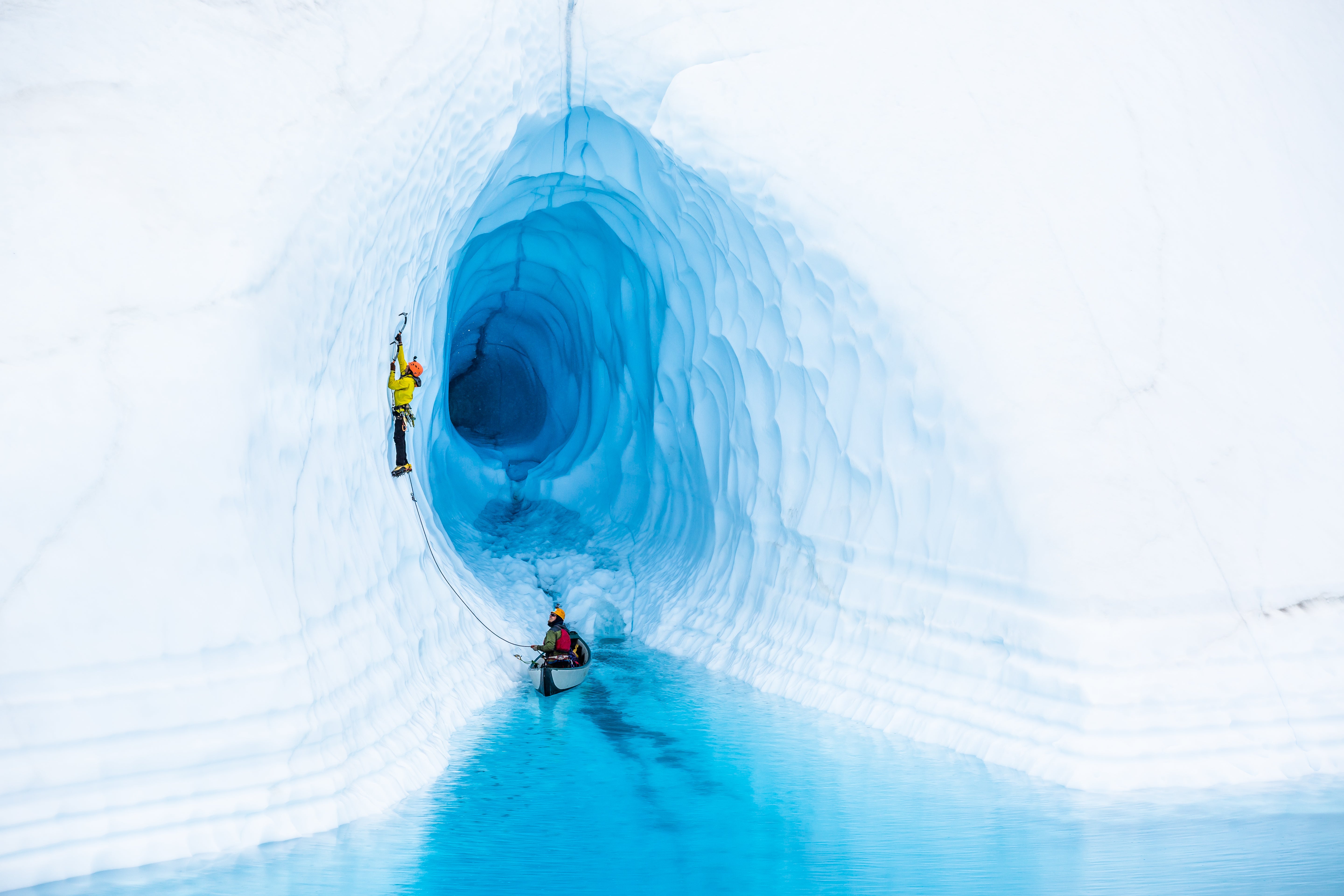

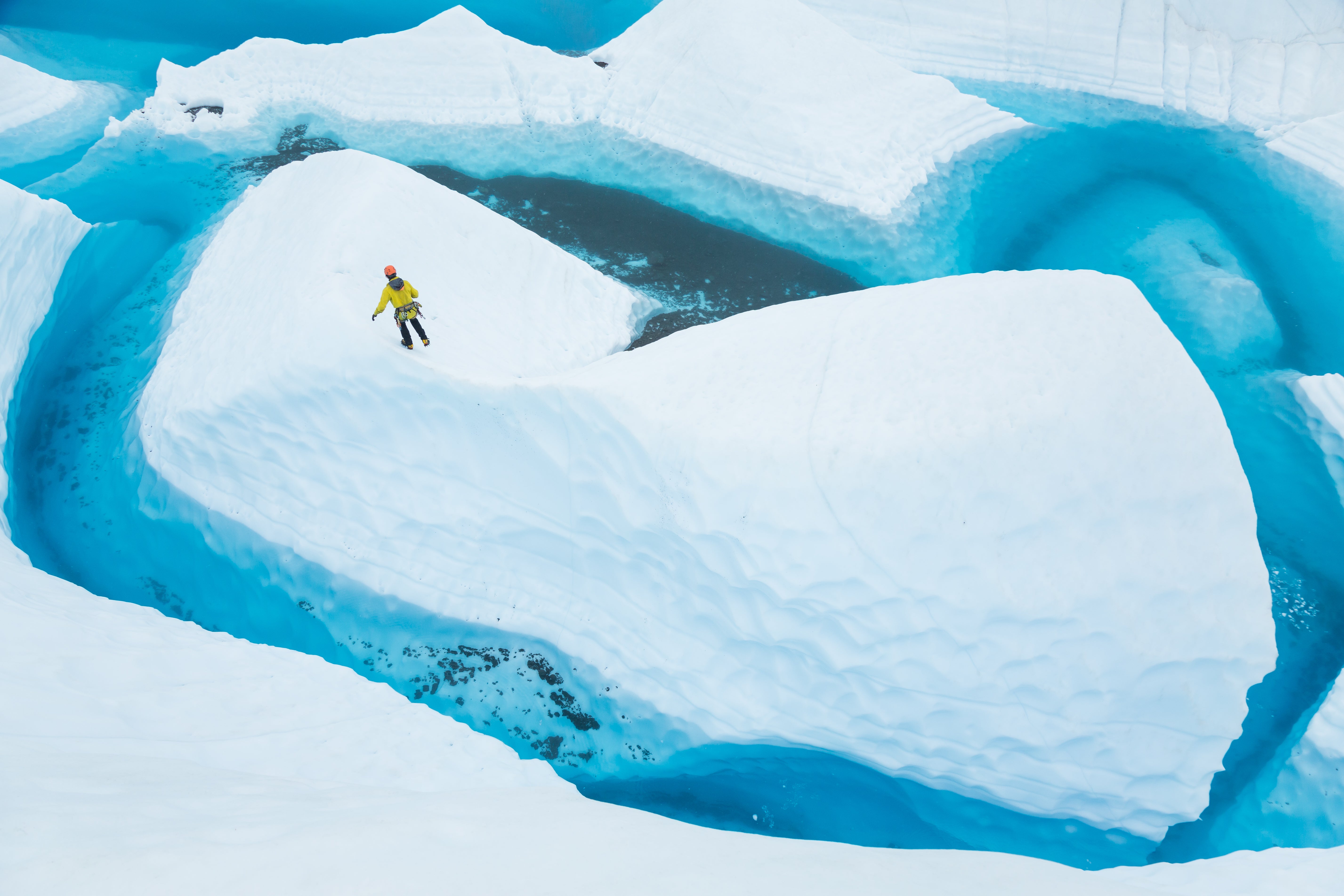
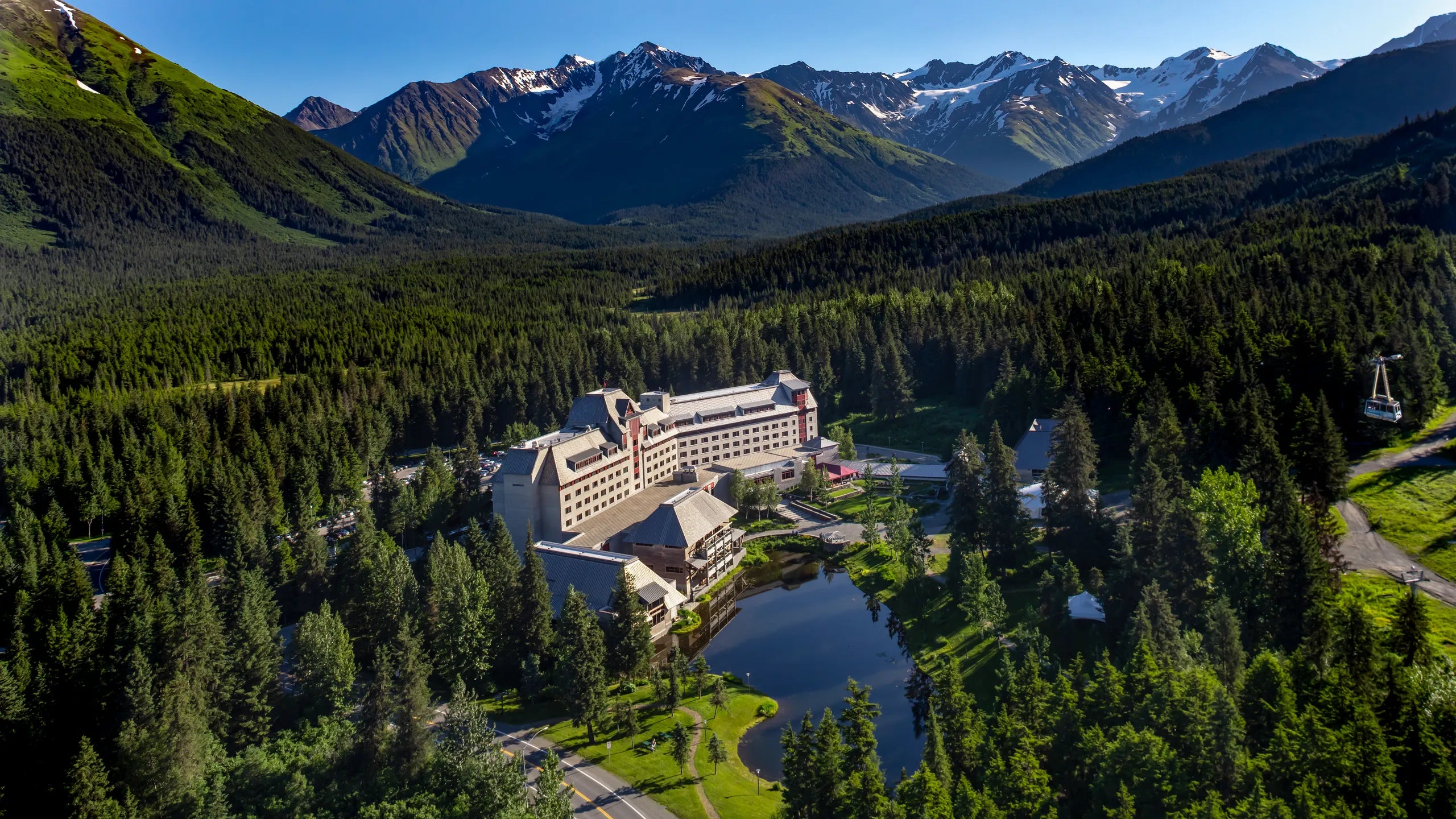
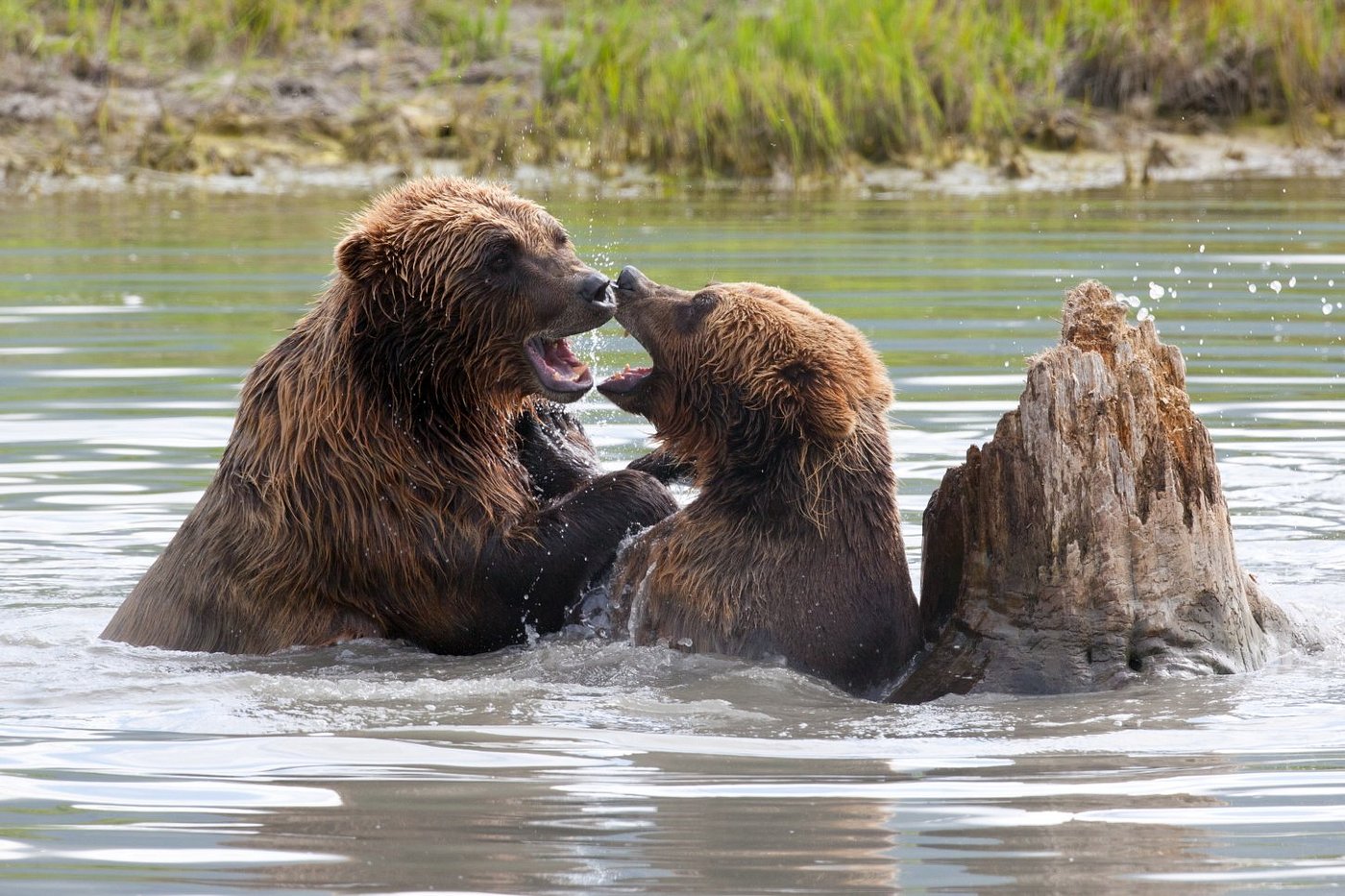

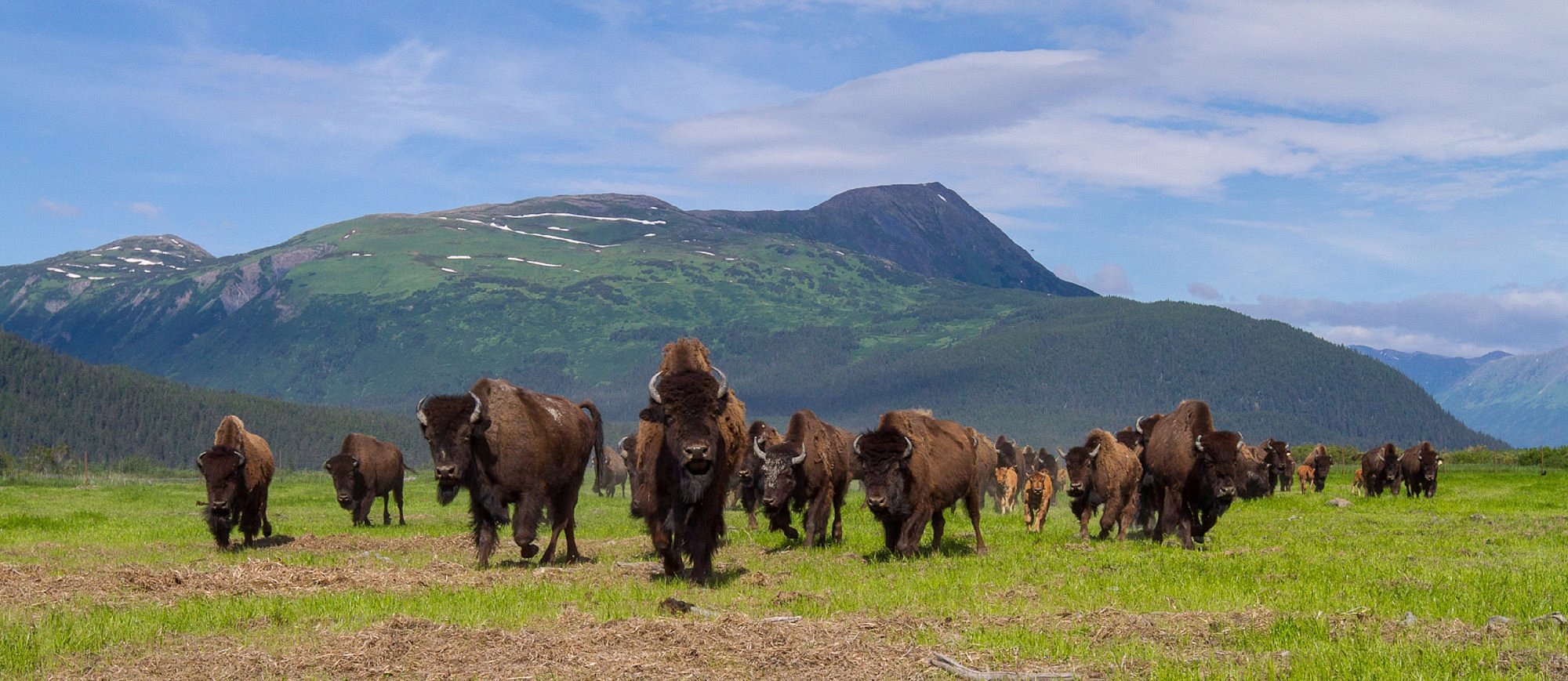
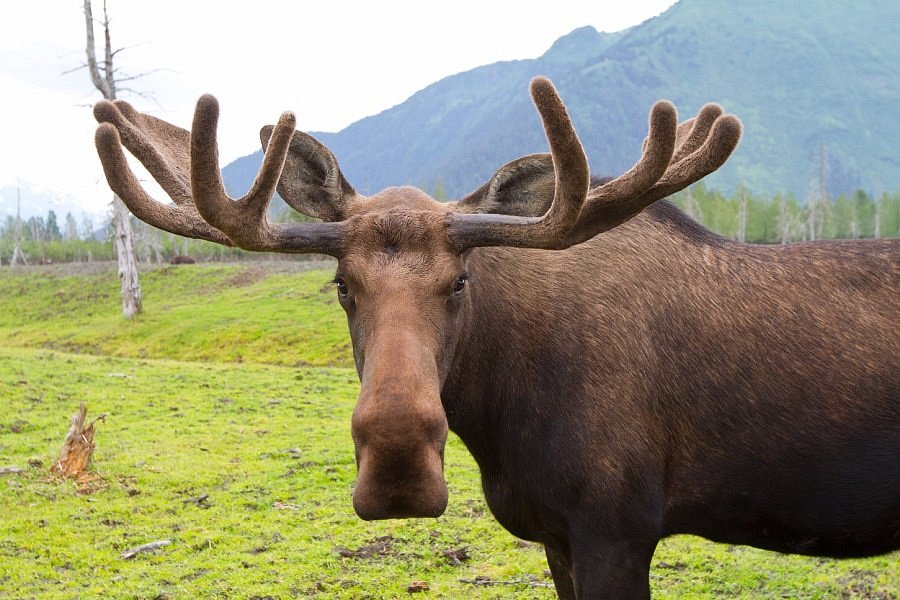

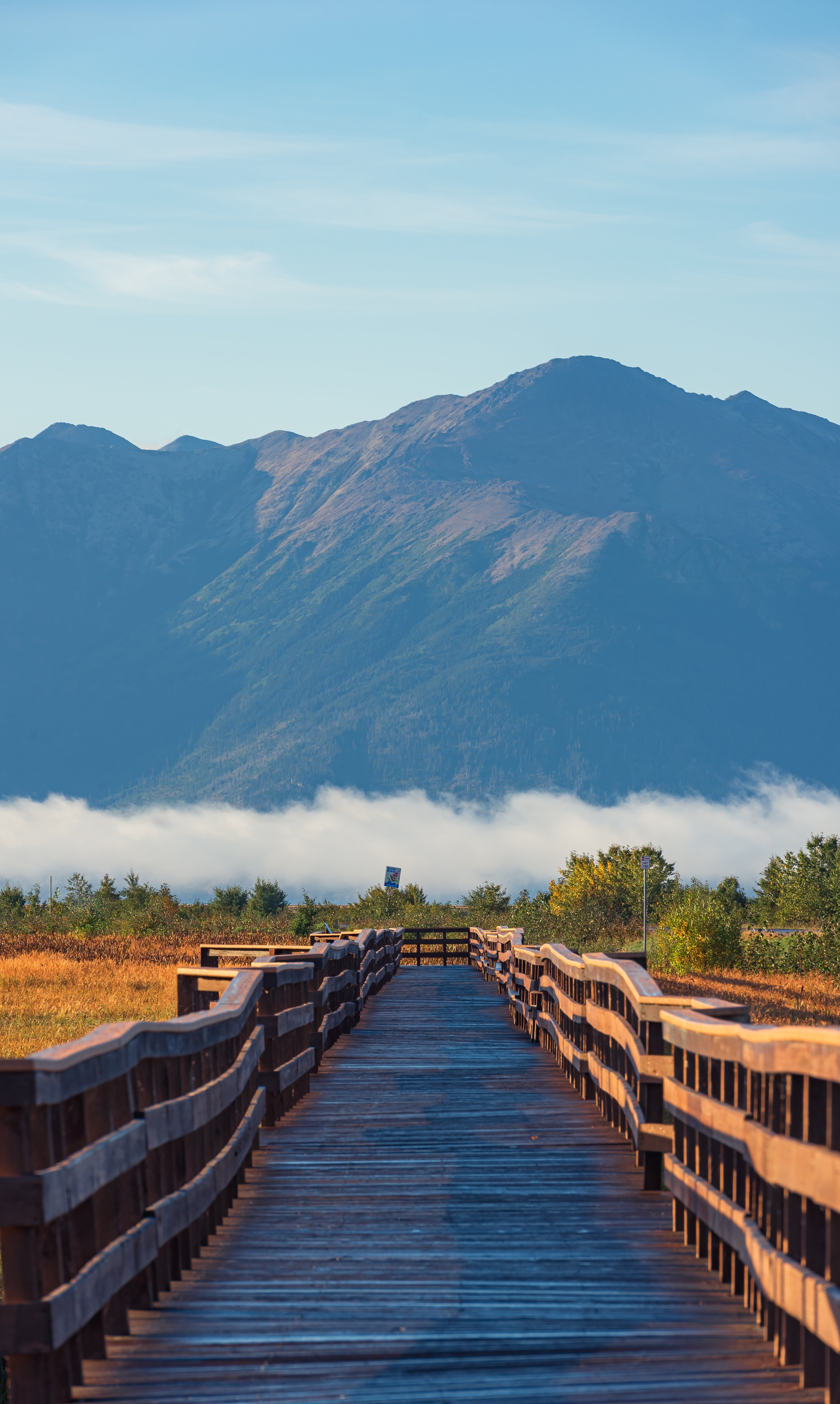
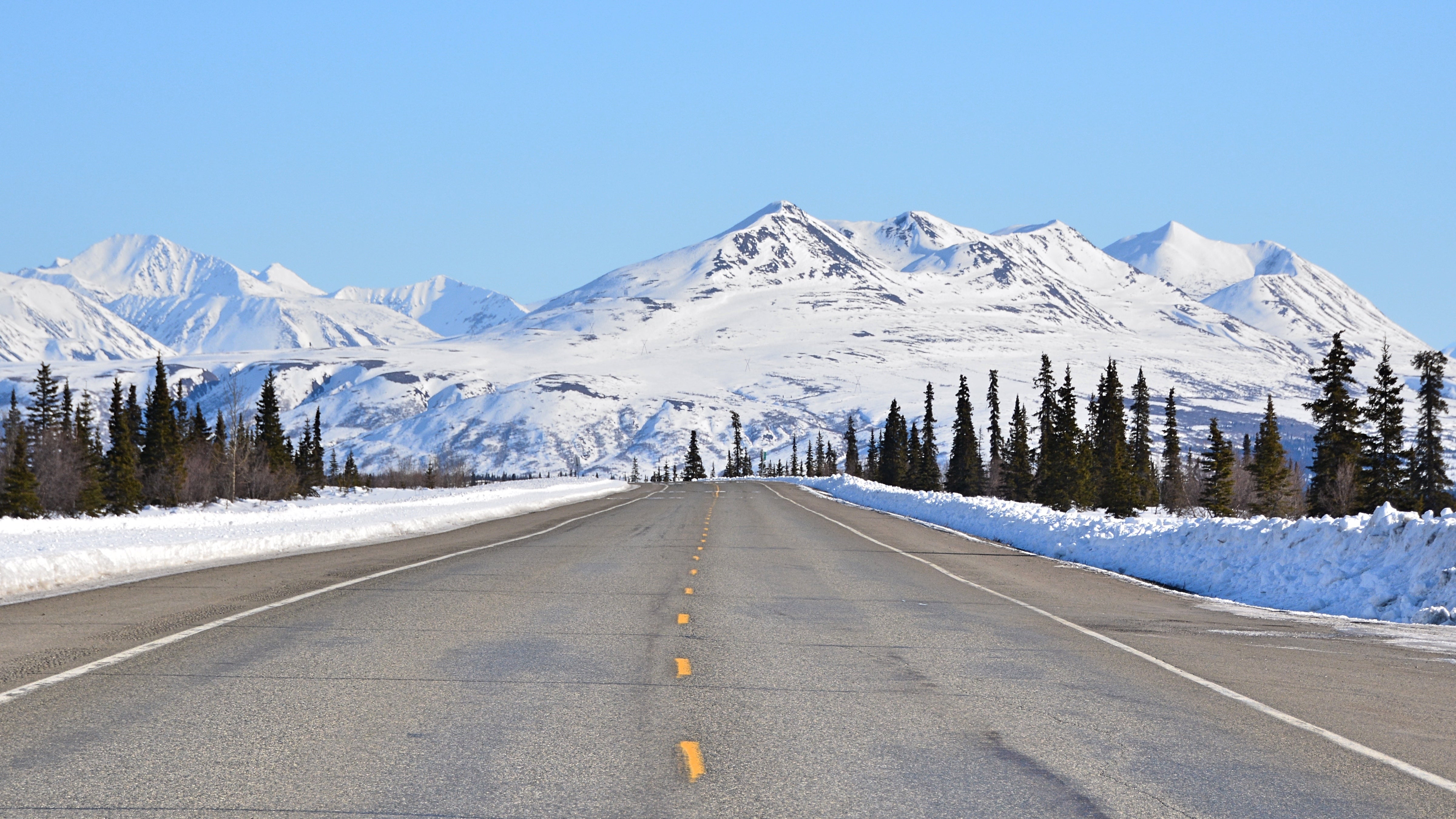
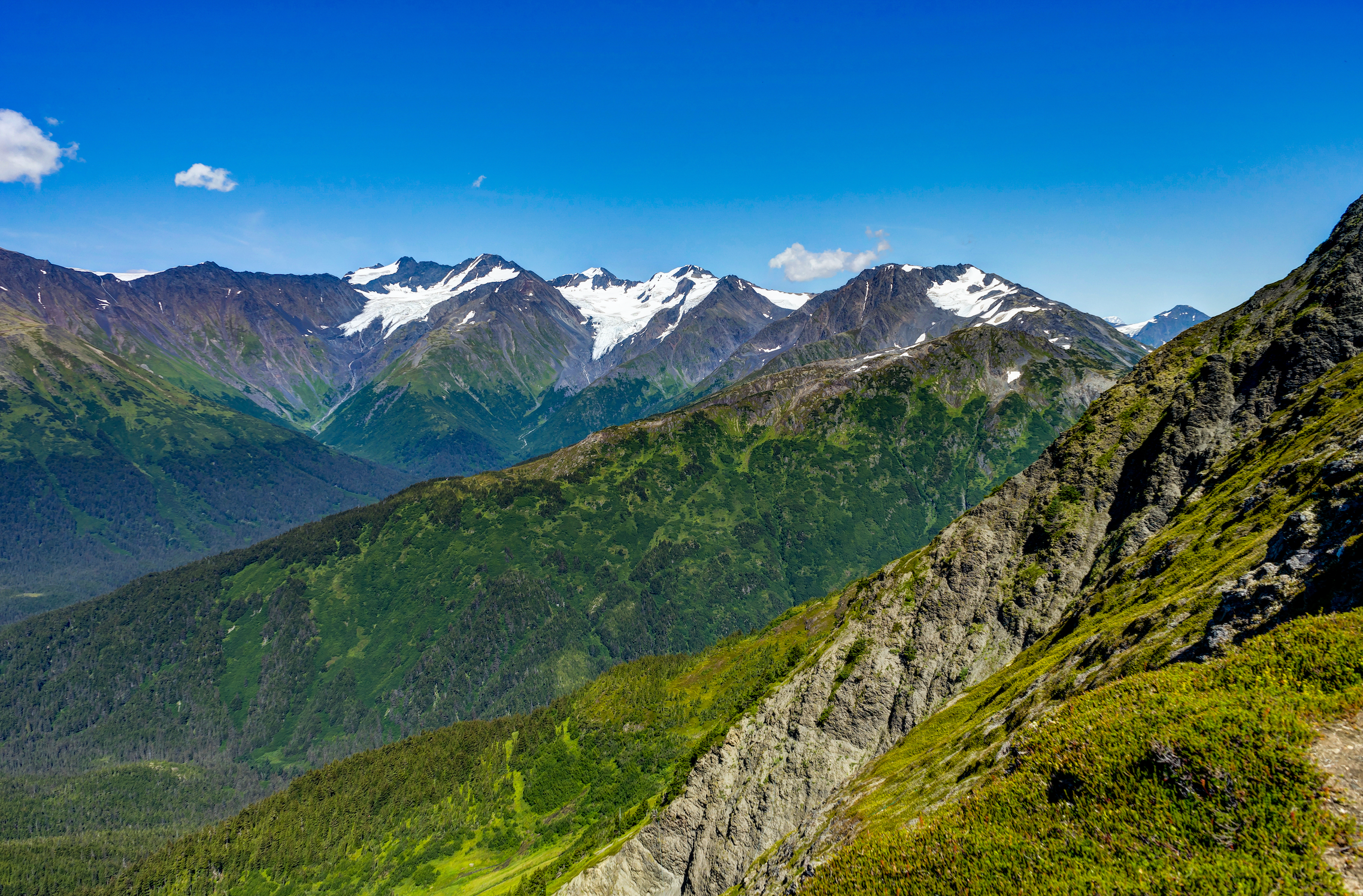
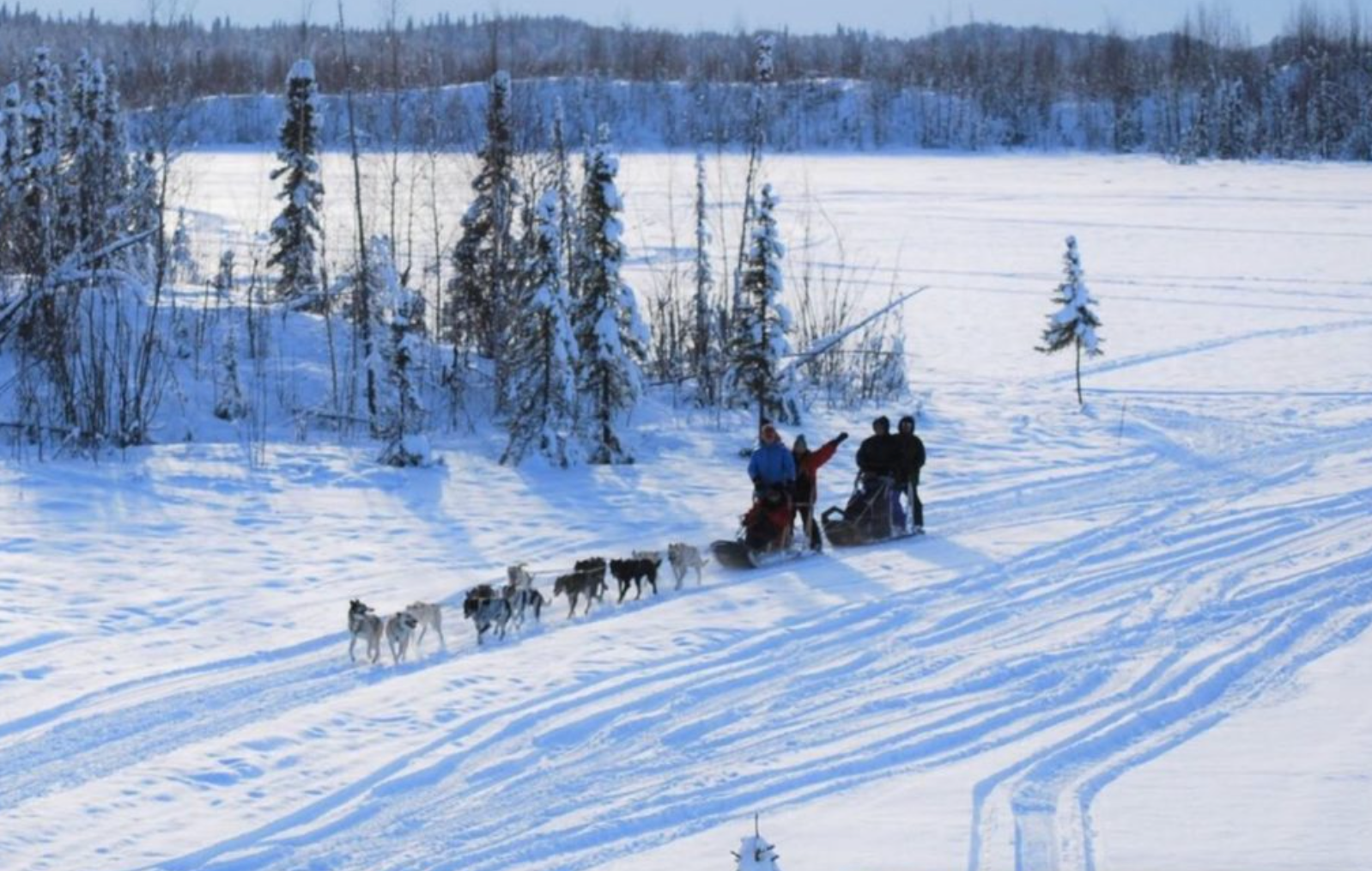
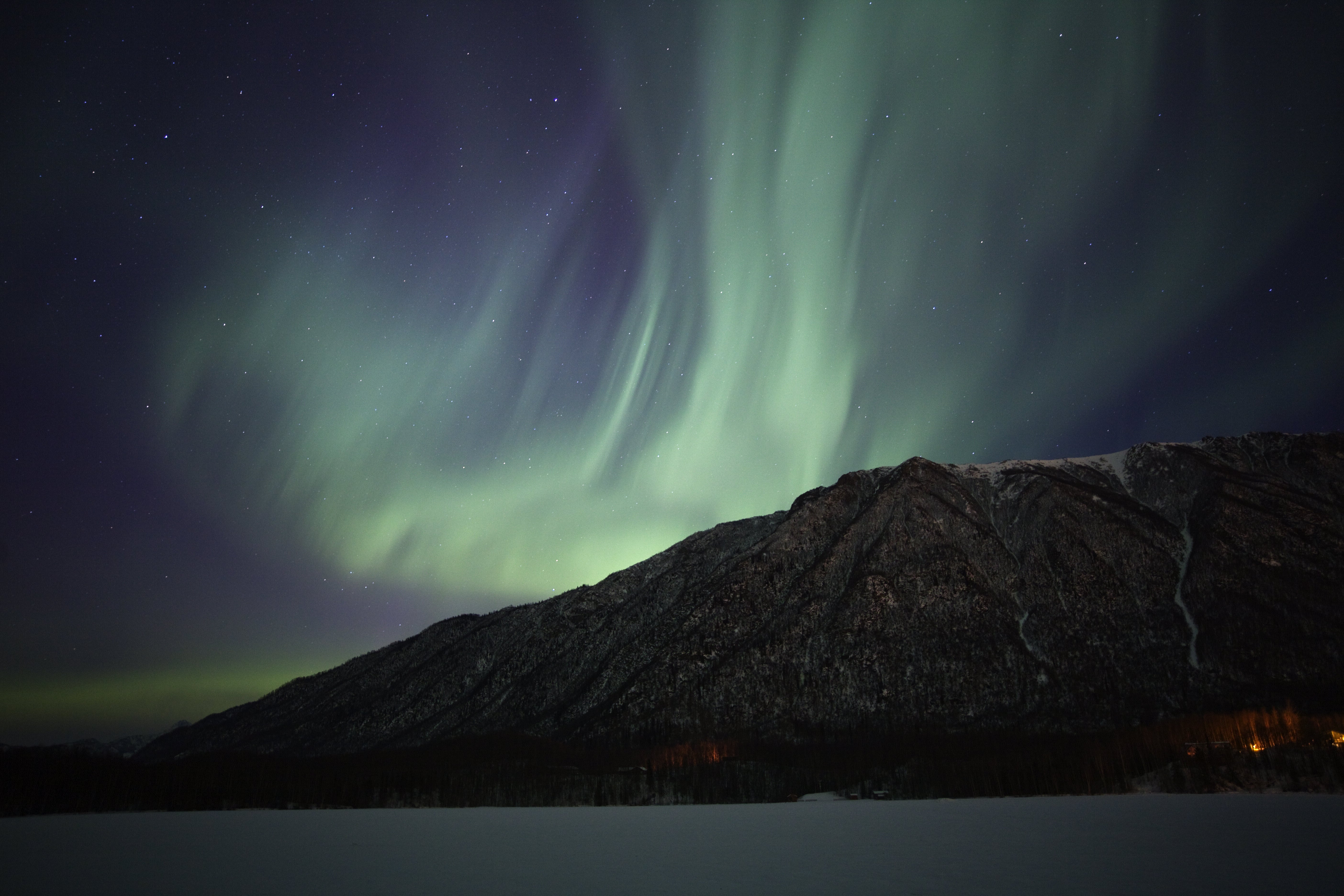
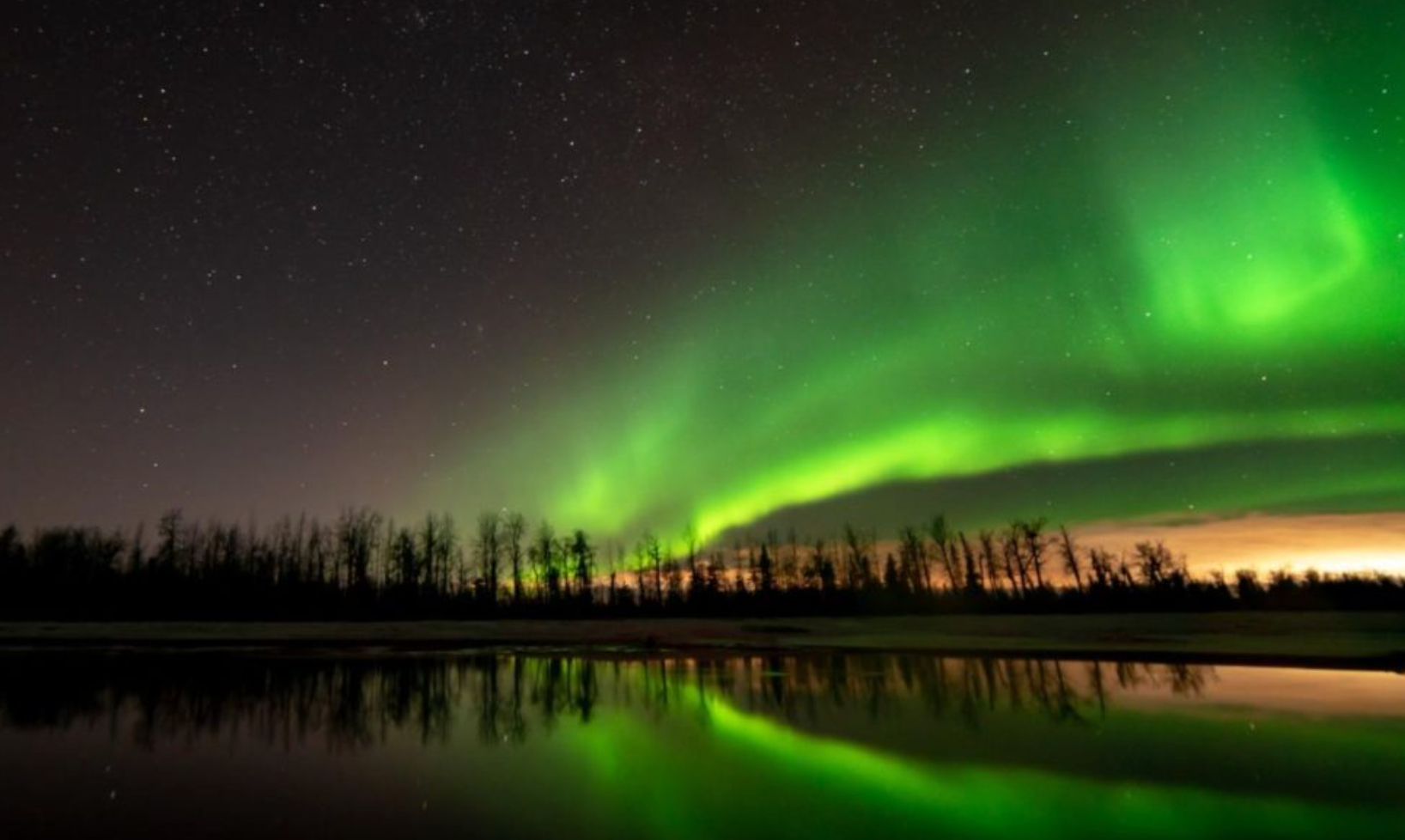
Itinerary
Accommodations
Airfare & Transportation
Airfare and transportation are included throughout your travel tour. Please note that the following flight schedule is tentative and is for basic economy class. (Seats can not be assigned until check in, you can upgrade to main cabin classic $290 round trip, subject to availability). Once group spaces are filled, we will email you your confirmed flight itinerary along with the airline confirmation number.
Flight Number
AS 1259 (3 Hours 5 Minutes)
AS 131 (3 Hours 45 Minutes)
AS 1184 (5 Hours 13 Minutes)
AS 3337 (1 Hour 8 Minutes)
Departing
San Diego International Airport (SAN) (Day 1) 10:00 AM
Seattle - Tacoma International Airport (SEA) (Day 1) 2:20 PM
Ted Stevens Anchorage International Airport (ANC) (Day 5) 11:59 PM
Harry Reid International Airport (LAS) (Day 5) 7:12 AM +1
Arrival
Seattle - Tacoma International Airport (SEA) (Day 1) 1:05 PM
Ted Stevens Anchorage International Airport (ANC) (Day 1) 5:05 PM
Harry Reid International Airport (LAS) (Day 5) 6:12 AM +1
San Diego International Airport (SAN) (Day 5) 8:20 AM +1
Tour Activities
Happy Clients, Happy Us














